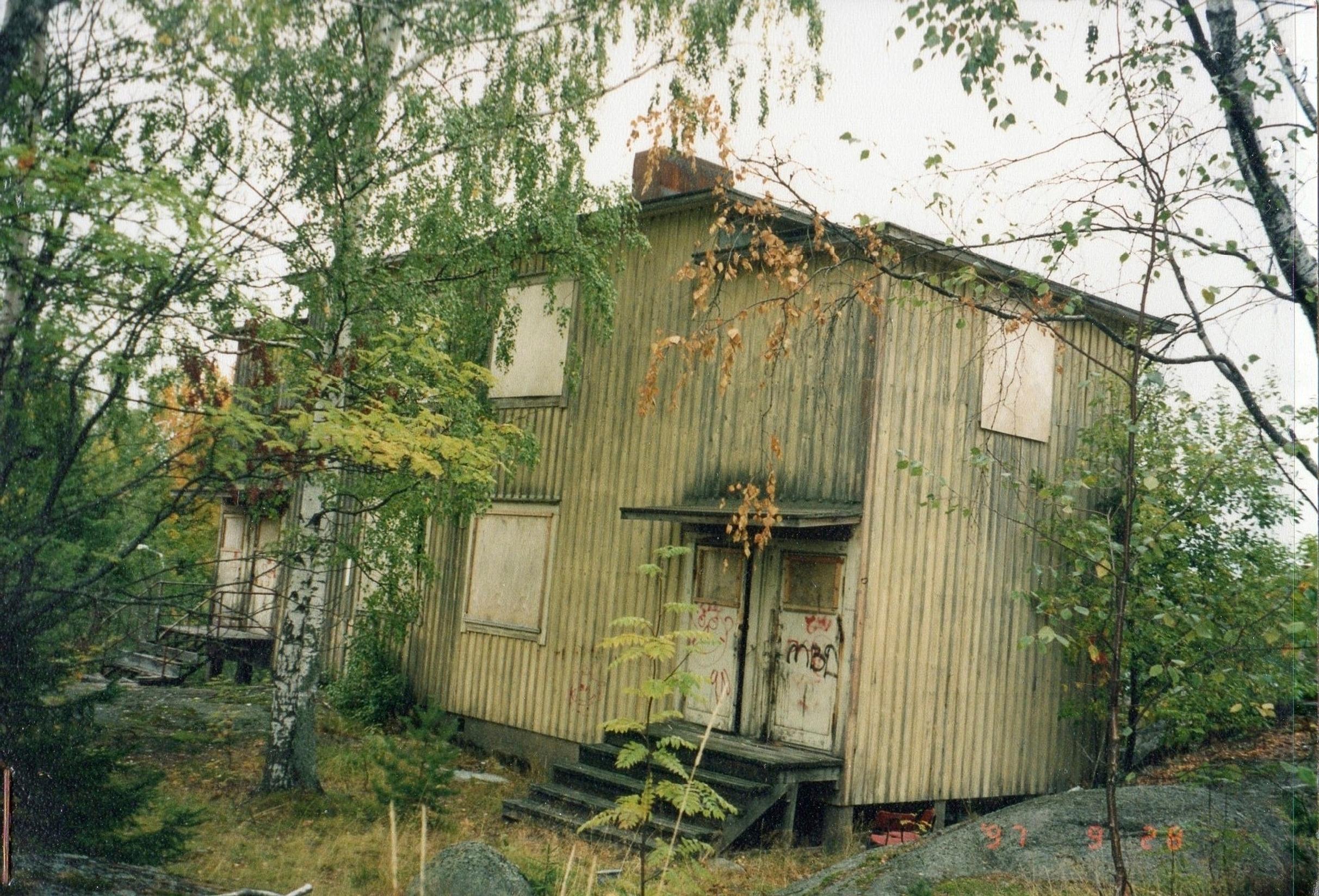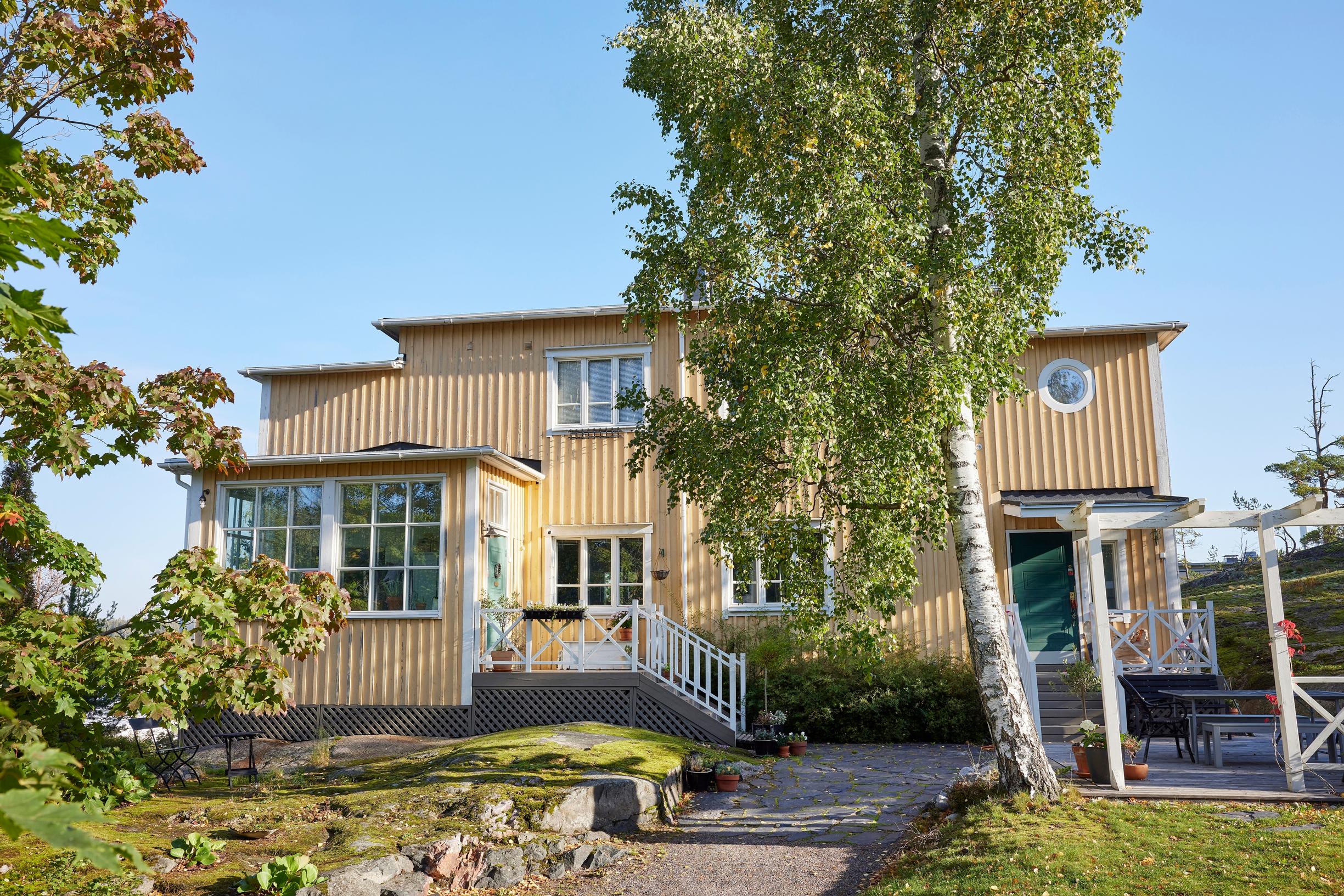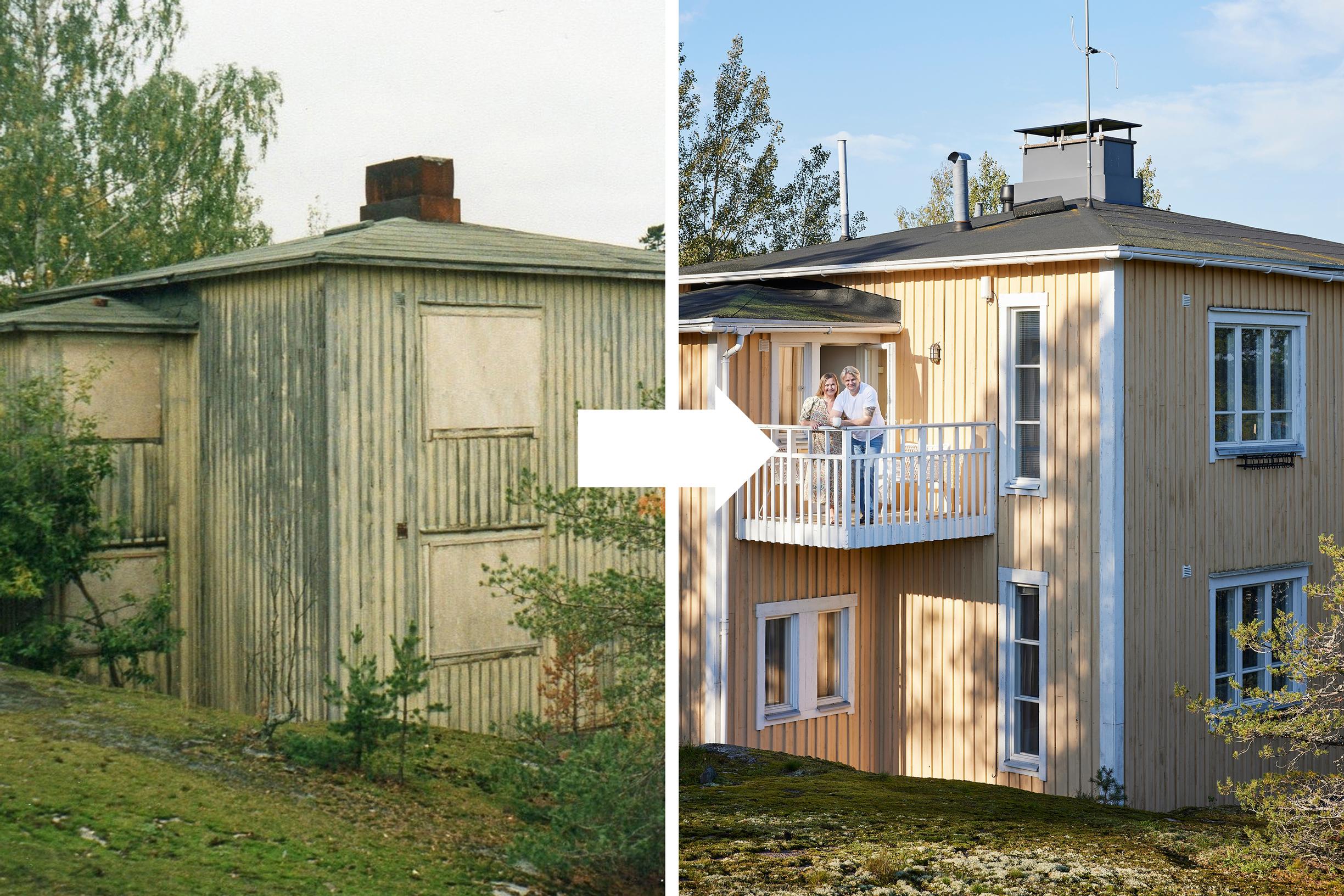
Once-abandoned house turned into gorgeous home—“To be honest, I loved this house long before it became ours”
The former dormitory of a boat factory in Jollas, Helsinki, was a bleak sight in the late 1990s. Now living in the house, Anu Karttunen, Managing Editor for Kotona, shares the story of her home.
When interior designer Päivikki Laatio first stepped into our house in the late 1990s, the upstairs was filled with snow, there was graffiti on every wall, and the windows were boarded up with plywood. She had spotted the yellow wooden house during her morning walk in Jollas, Helsinki, and saw the potential behind its wretched shape. At that time, the former dormitory for workers of the Vator boat factory had stood empty for 20 years and was in terrible shape.
Home A wooden house built in 1938 in Jollas, Helsinki. About 200 square meters.
Residents Kotona Managing Editor Anu Karttunen, 49, and production engineer Marko Minkkinen, 54, children Otto, 18, Iris, 15, and Taimi, 9, plus Onni the cat.
Follow on social media @asoy_autiotalo
There was no electricity, no sewer connection, and no running water. During its abandoned years, the house had seen a wide variety of visitors. Apparently, teenagers from the neighboring Laajasalo used to come over to drink beer. So many bottles had been smashed against the rock over the years that the moss is still pushing shards out even now.

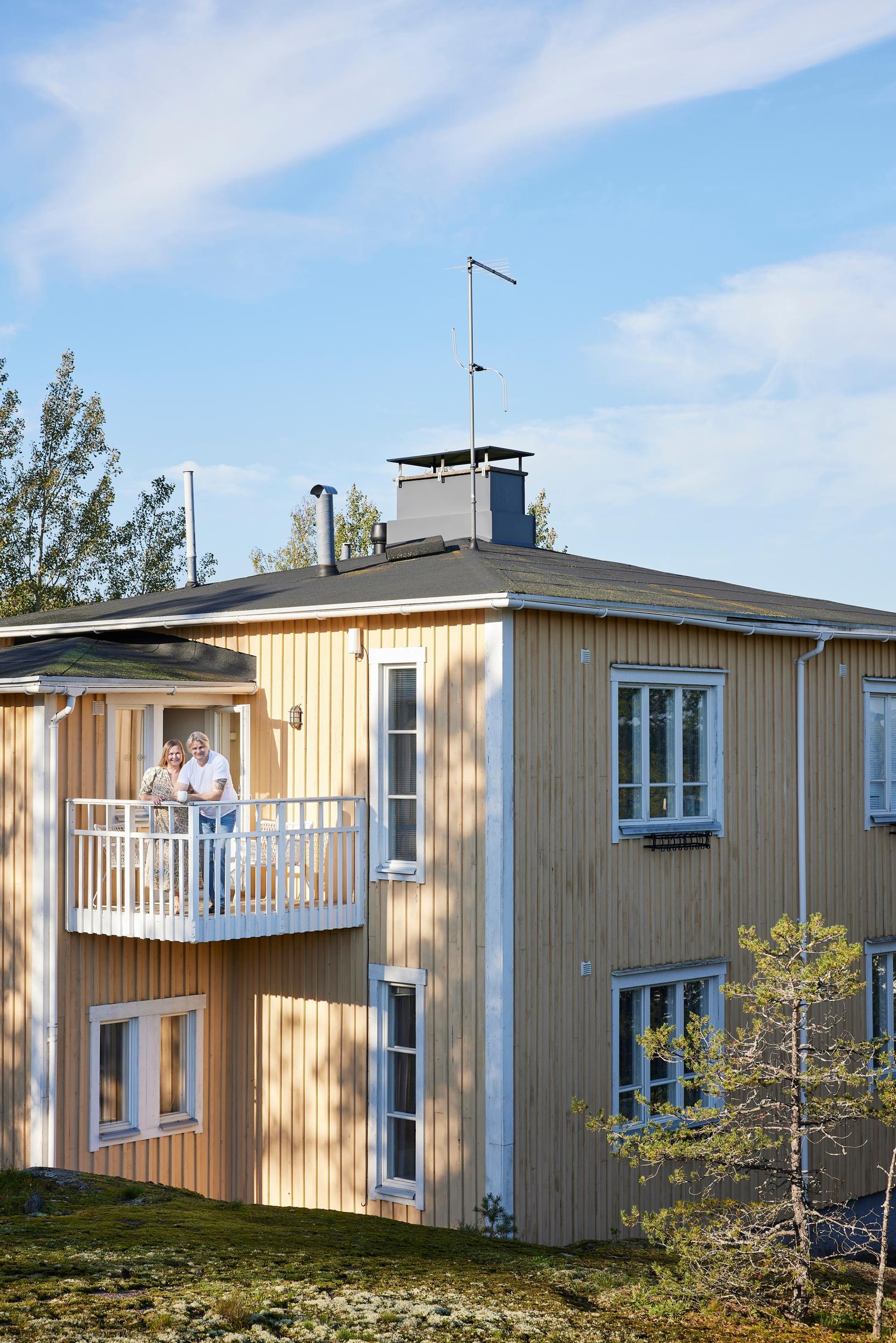
The house before renovation:

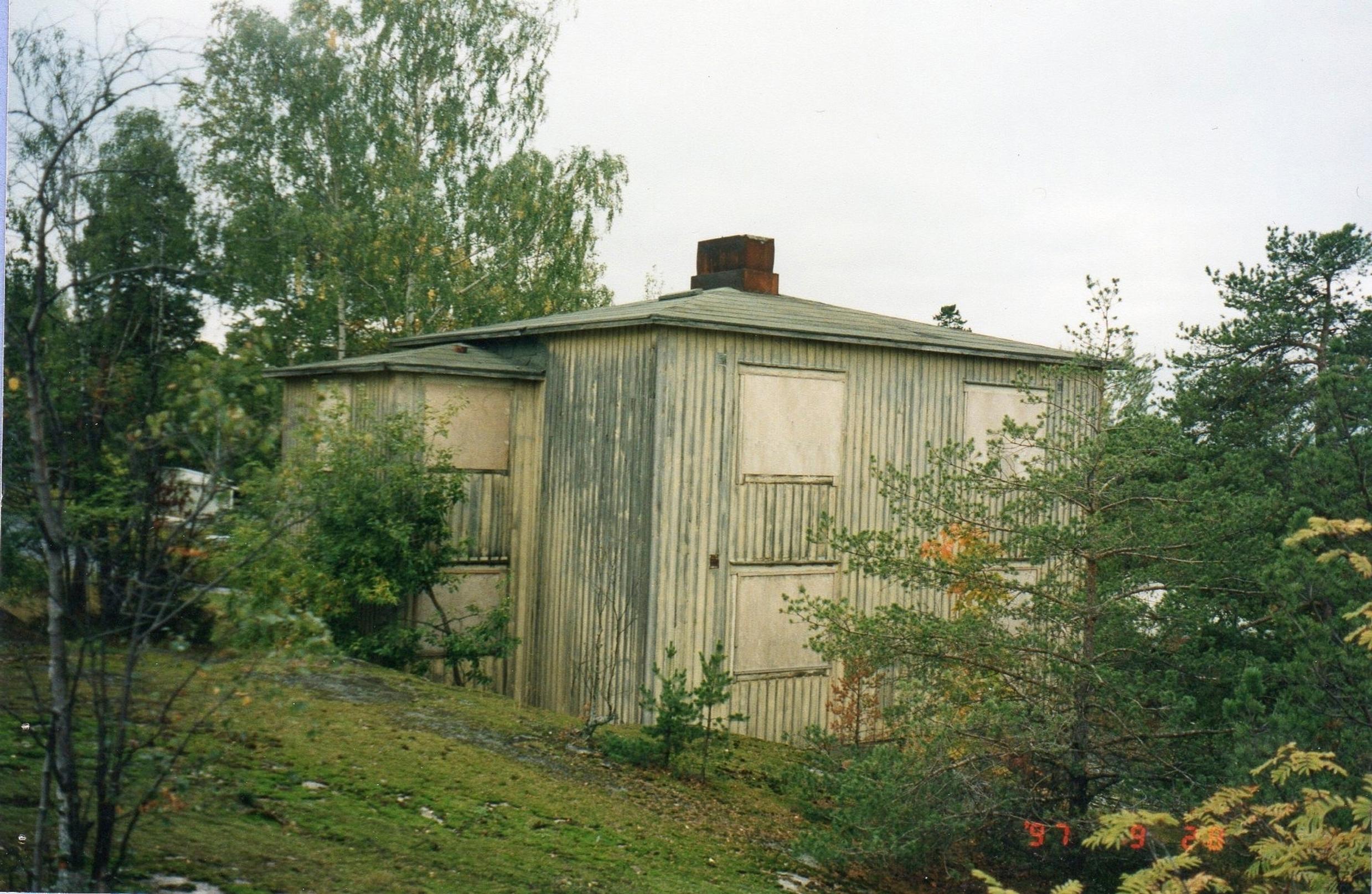
The history of the house is intertwined with the story of the Vator boat factory. Natives of Porkkala, Frans Hällström and Gustaf Johnsson built it in 1938 in Puuskaniemi, Jollas, at a time when there wasn’t even a proper road leading there. At the same time, they set up a boatyard on the shore. Soon, however, came the war, and their plans were disrupted.
After the wars, the boatyard changed owners and became the Vator boat factory. More houses in the same style were built nearby for the factory workers. When production moved away from Jollas in the 1970s, the factory’s houses were left vacant. The fire department had already burned down the other wooden houses when this one, the first built among them, was spotted by Päivikki Laatio. So it was at the very last minute that she and her then-spouse, architect Juhani Harju, managed to get a permit from the city to salvage the house and turn it into a home for their blended family.

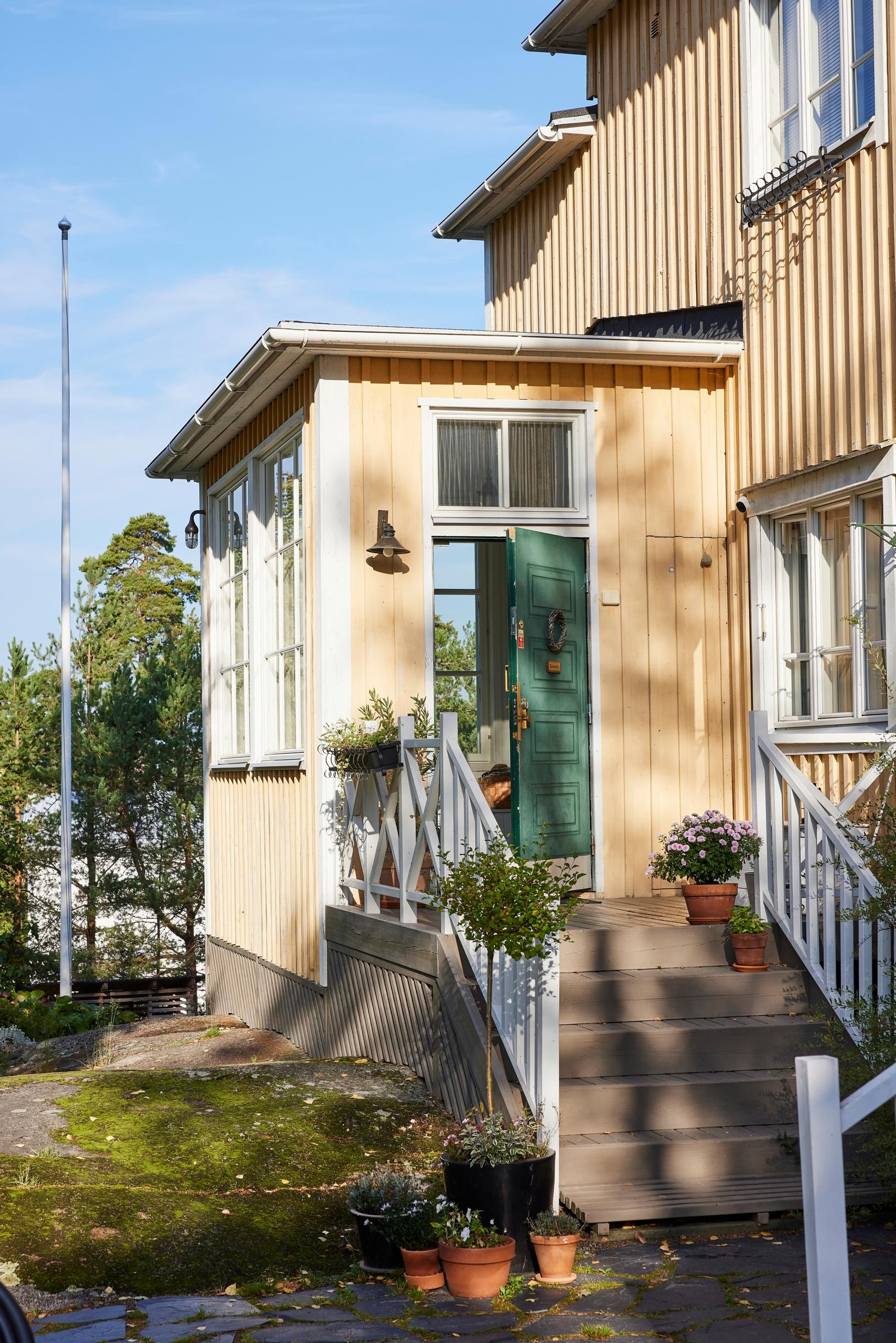

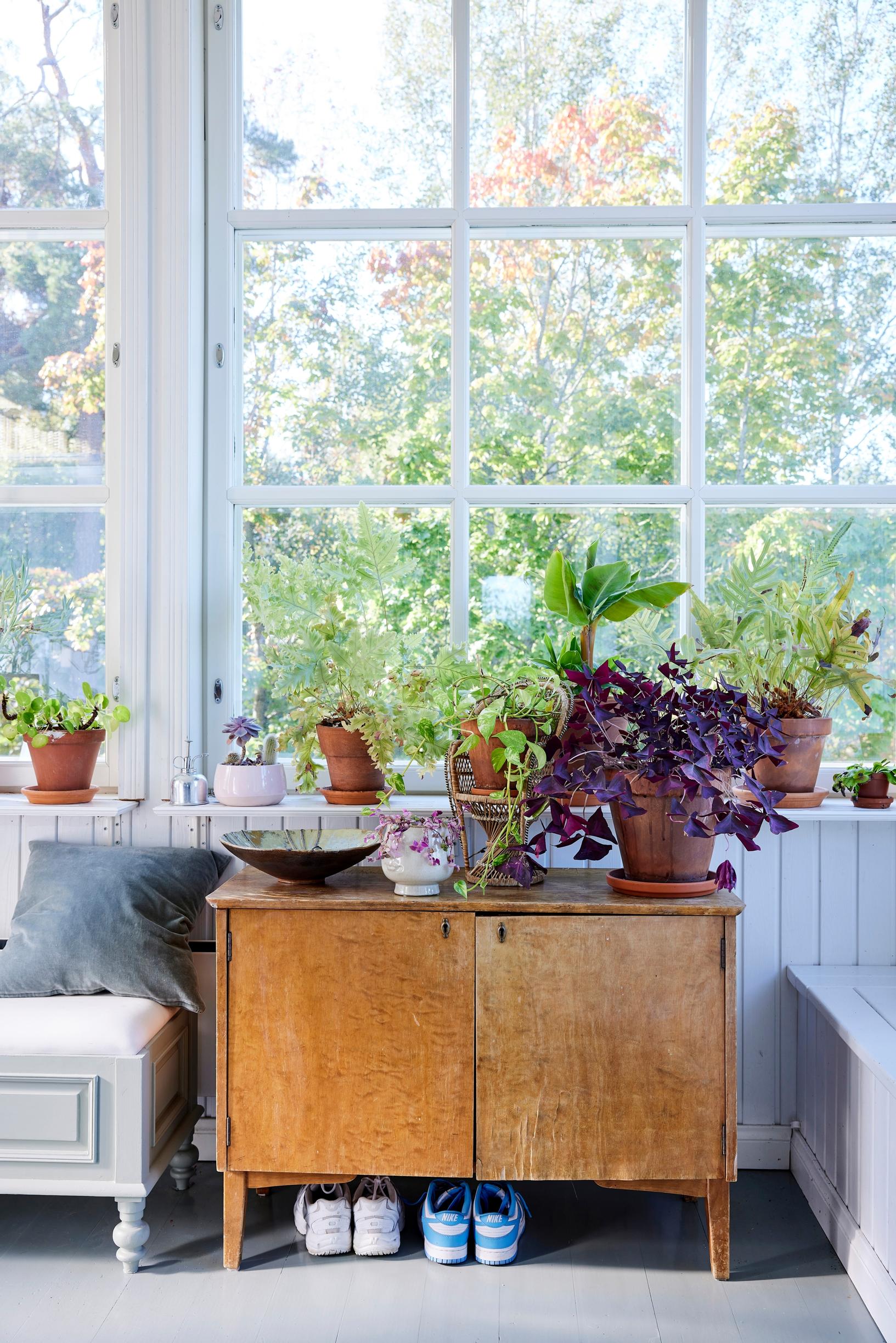
“To be honest, I loved this house long before it became ours.”Anu Karttunen
“It took over two years to have the house removed from the demolition list and protected, and seven months before we could move in. The facade renovation took even longer. We approached it with great care, and no fiberglass insulation was used anywhere in the house,” says Päivikki Laatio.
Originally, the house had two entrances and apartments for four families. During the renovation, they were merged into a single home, and the house gained a spacious glassed-in porch and a couple of round as well as a couple of tall windows, typical of functionalist design. Nothing original could be saved, but for instance, the ceiling panels and moldings, window frames, and interior doors were recreated following the original designs.

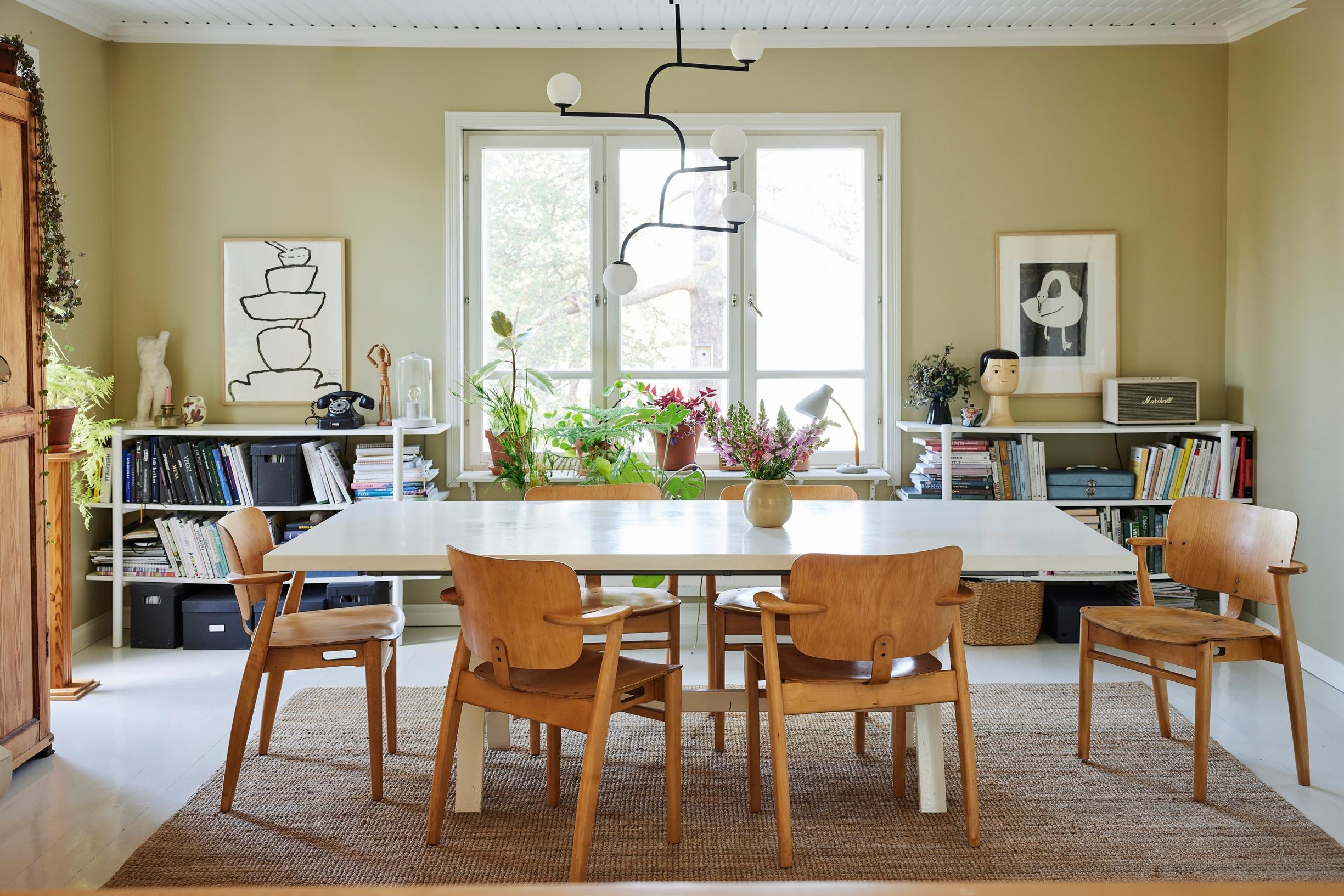

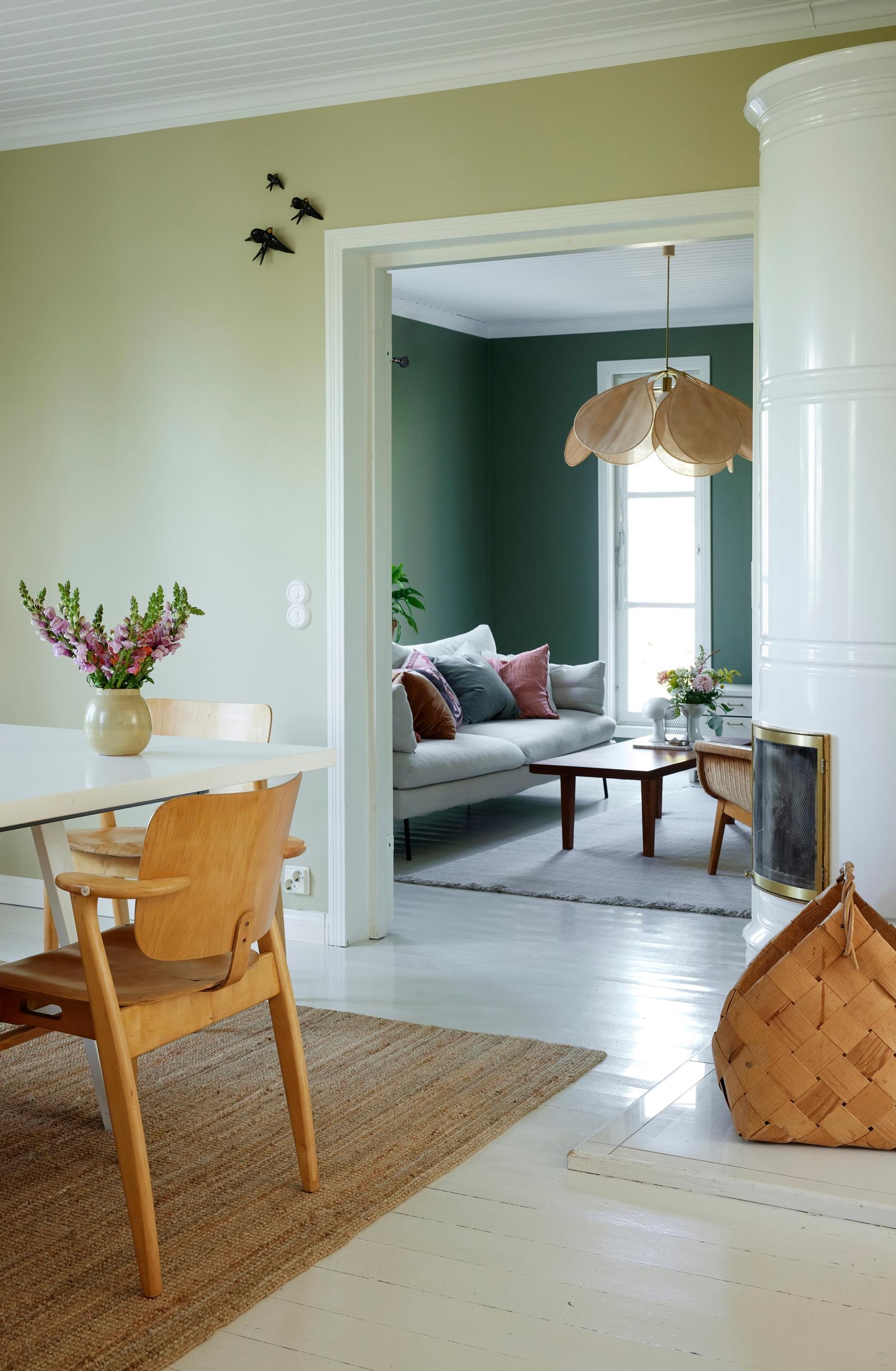
After it was saved, the house had one more owner before it was our turn.
To be honest, I loved this house years before it actually became ours. Over 20 years ago, whenever we were in Jollas, we had a habit of slowing our car to a crawl each time we passed by so I could admire it and its round window looking out on the street.
Later, we happened to move close by, and we could see part of its black felt roof from our bedroom window. We had sold our previous home, and our dream house was on the market, but it was too expensive for us. Each night, before falling asleep, I would gaze at the roof and make a quiet wish.
Luckily for us, the house did not sell, and it eventually ended up in our hands after a long waiting game. Right after getting the keys, we dragged our mattresses in from our old home, and spent our first night in the empty house. I didn’t sleep a wink, but instead prowled around listening to its sounds, marveling at how it felt for a dream to come true.

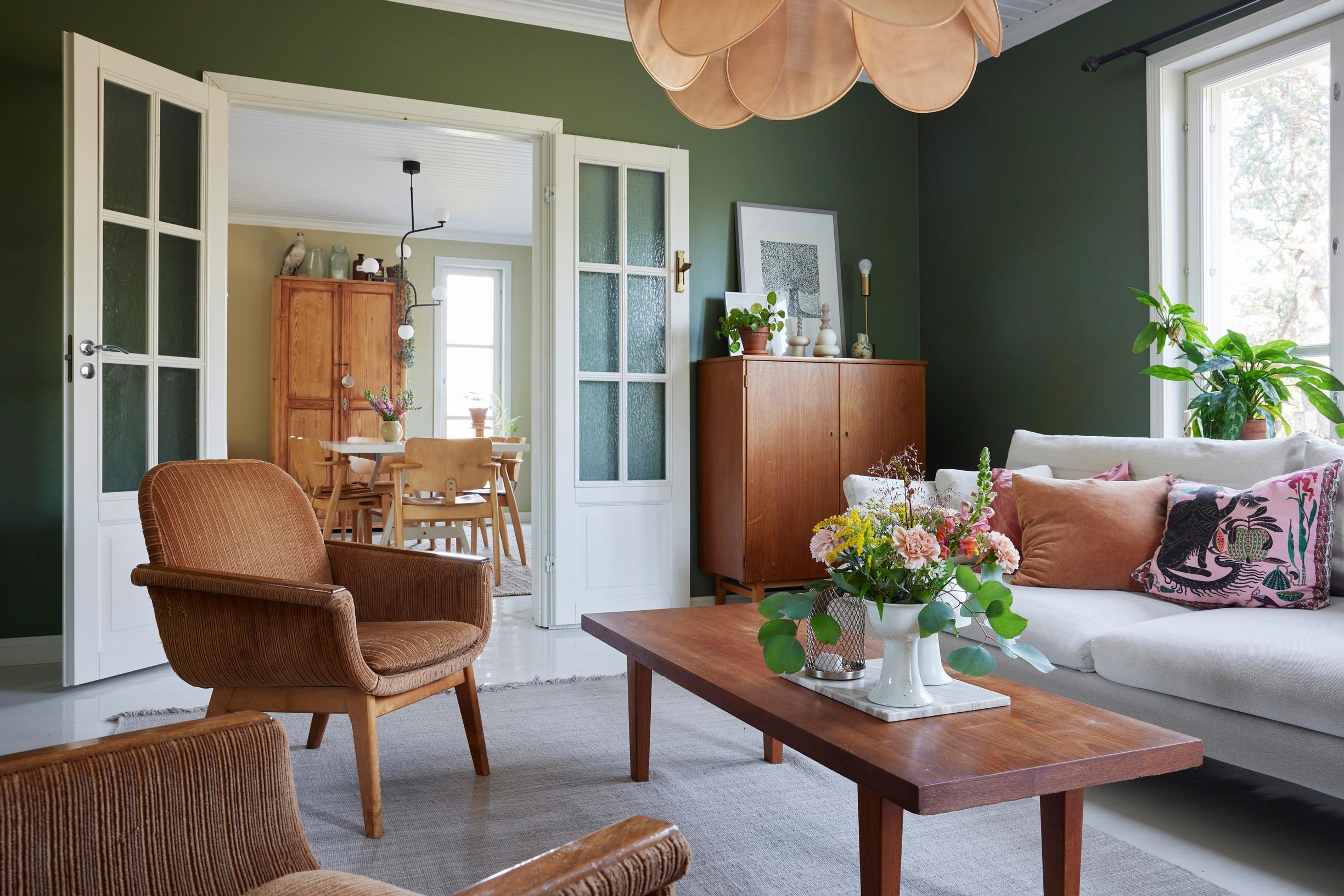

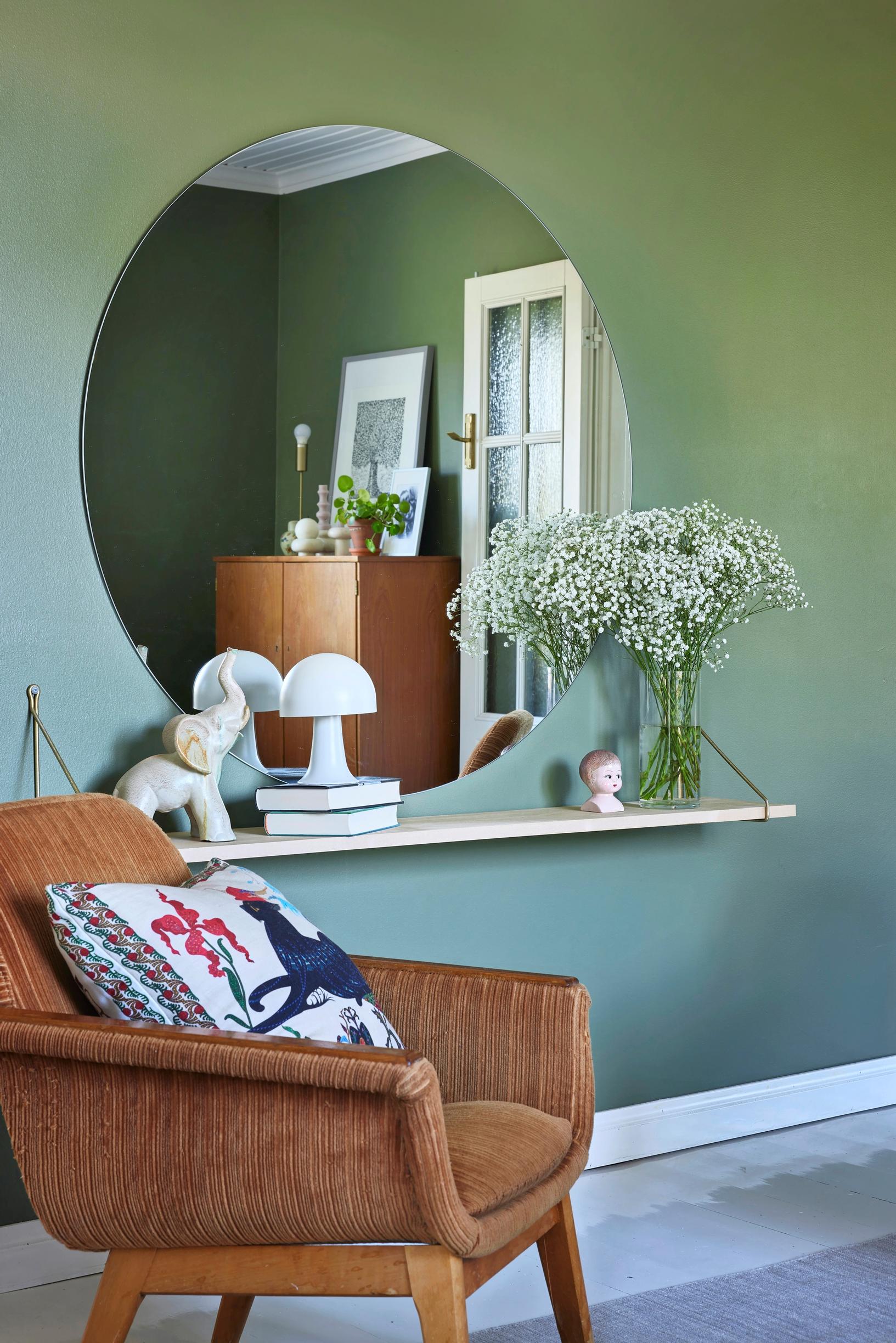

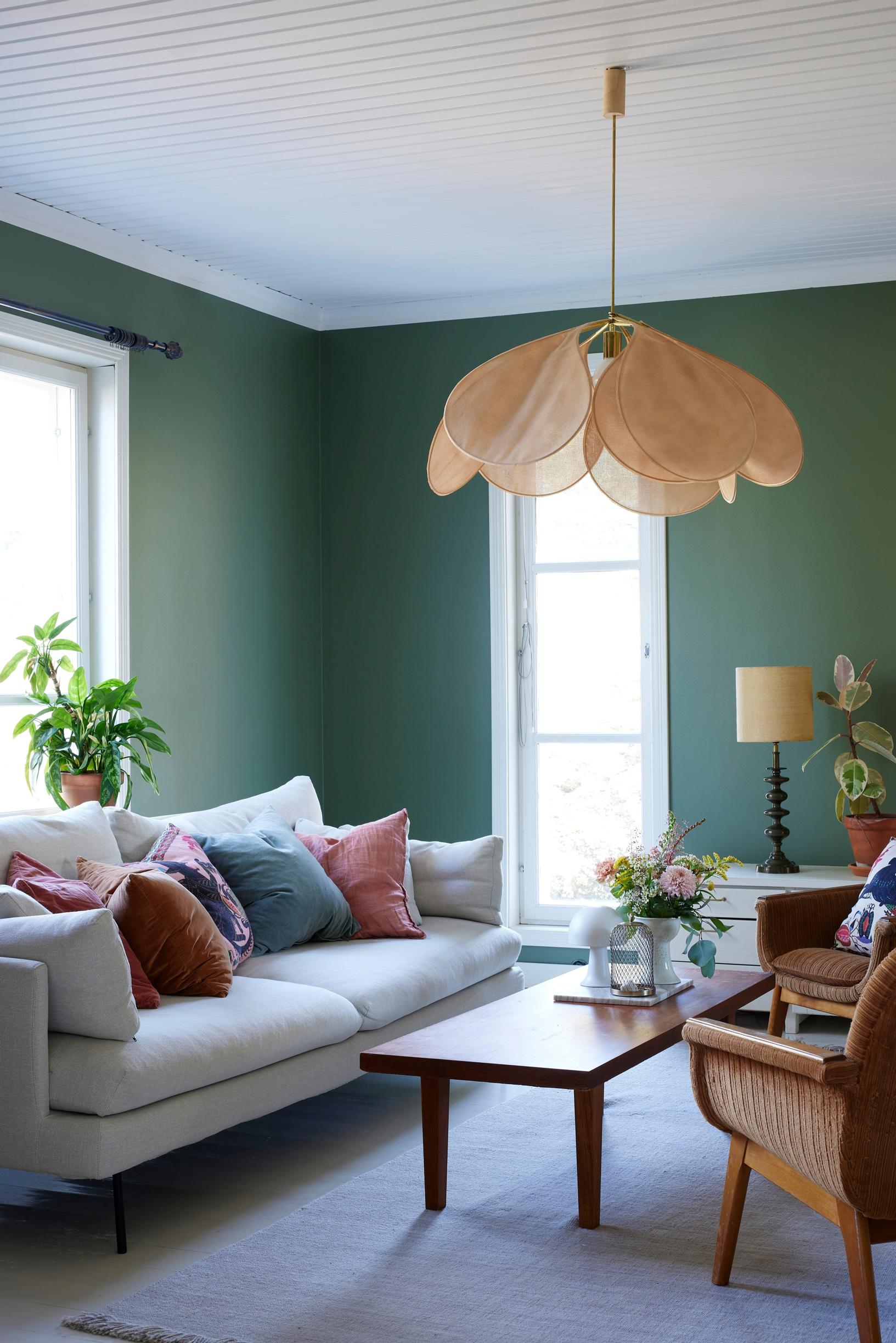

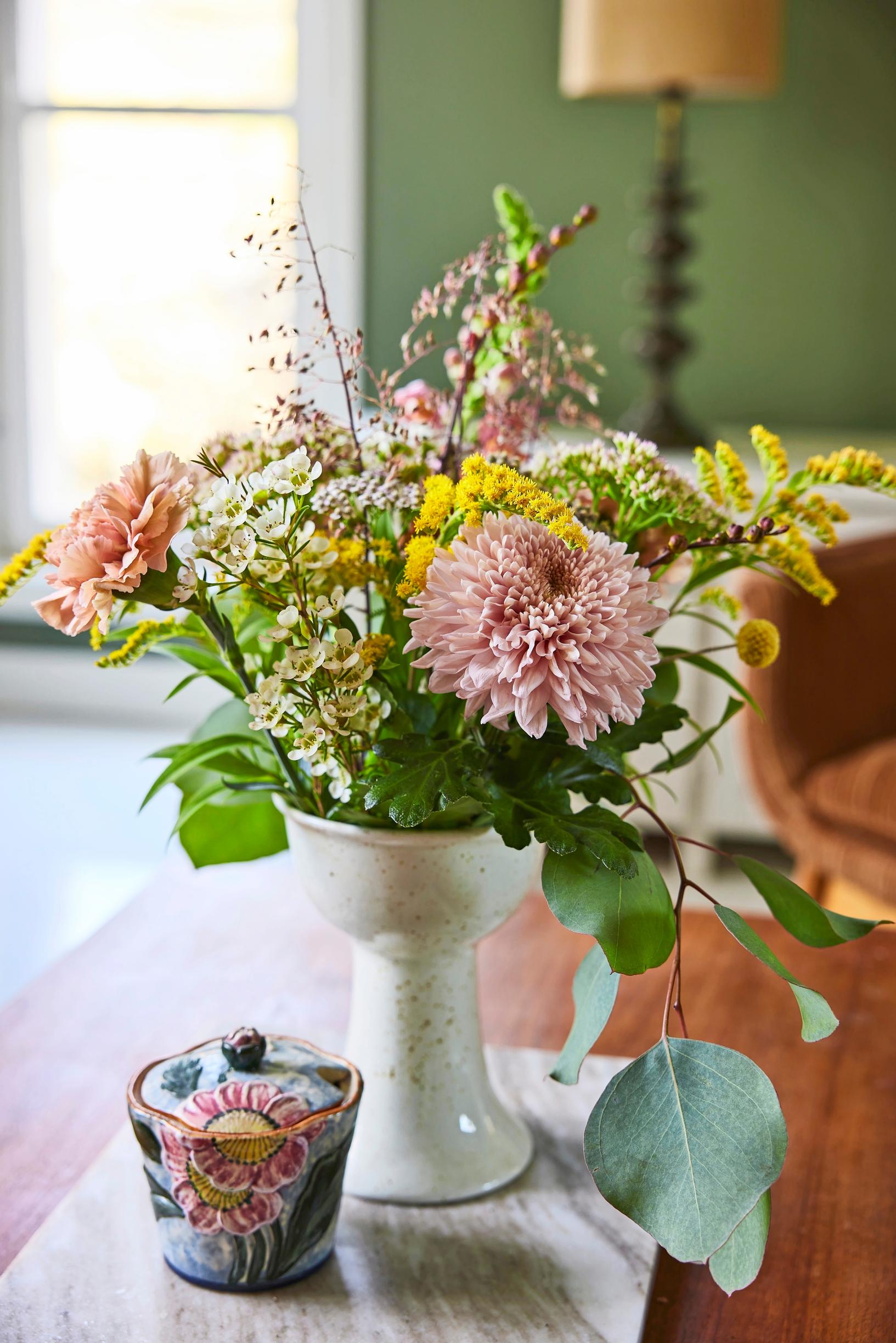

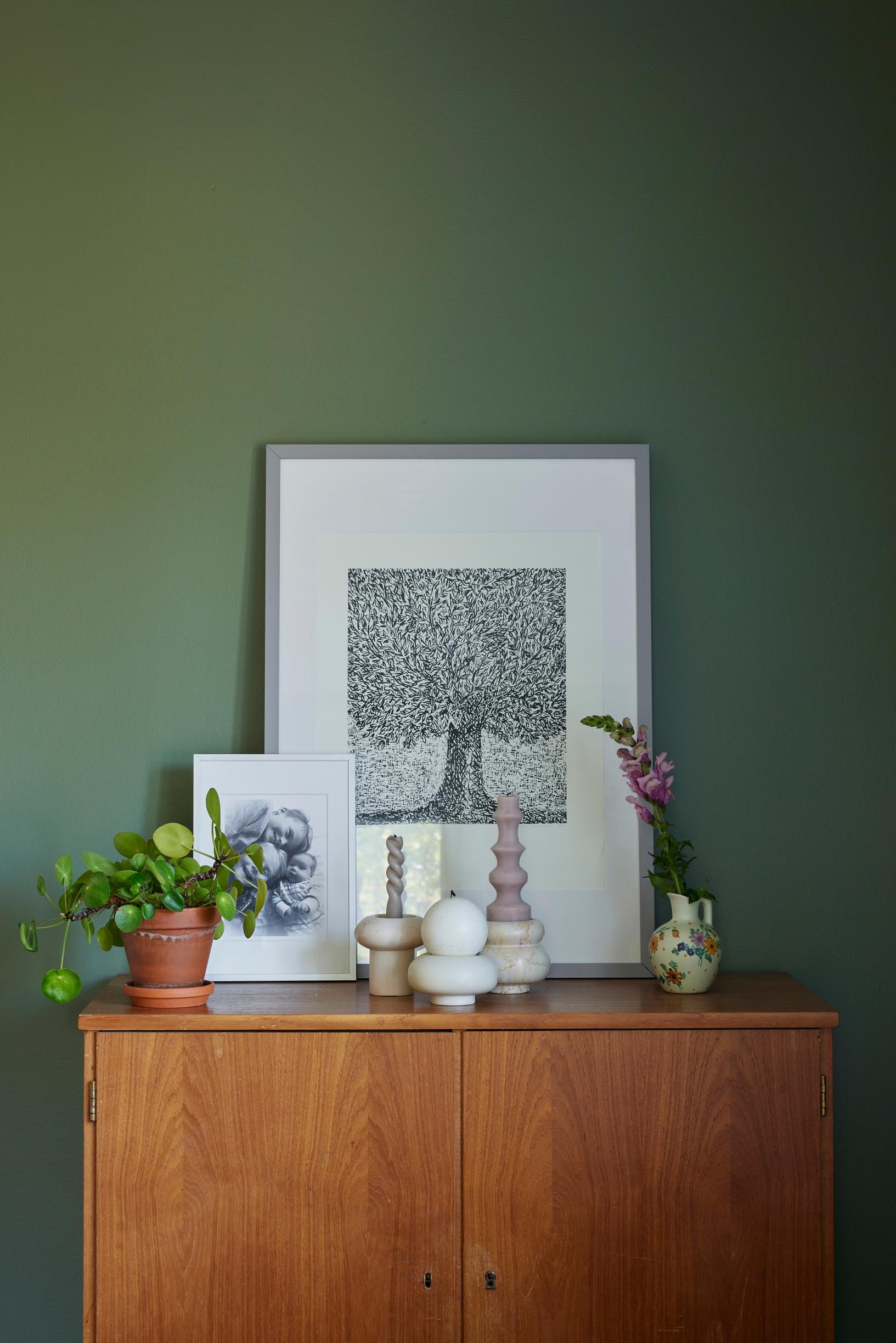

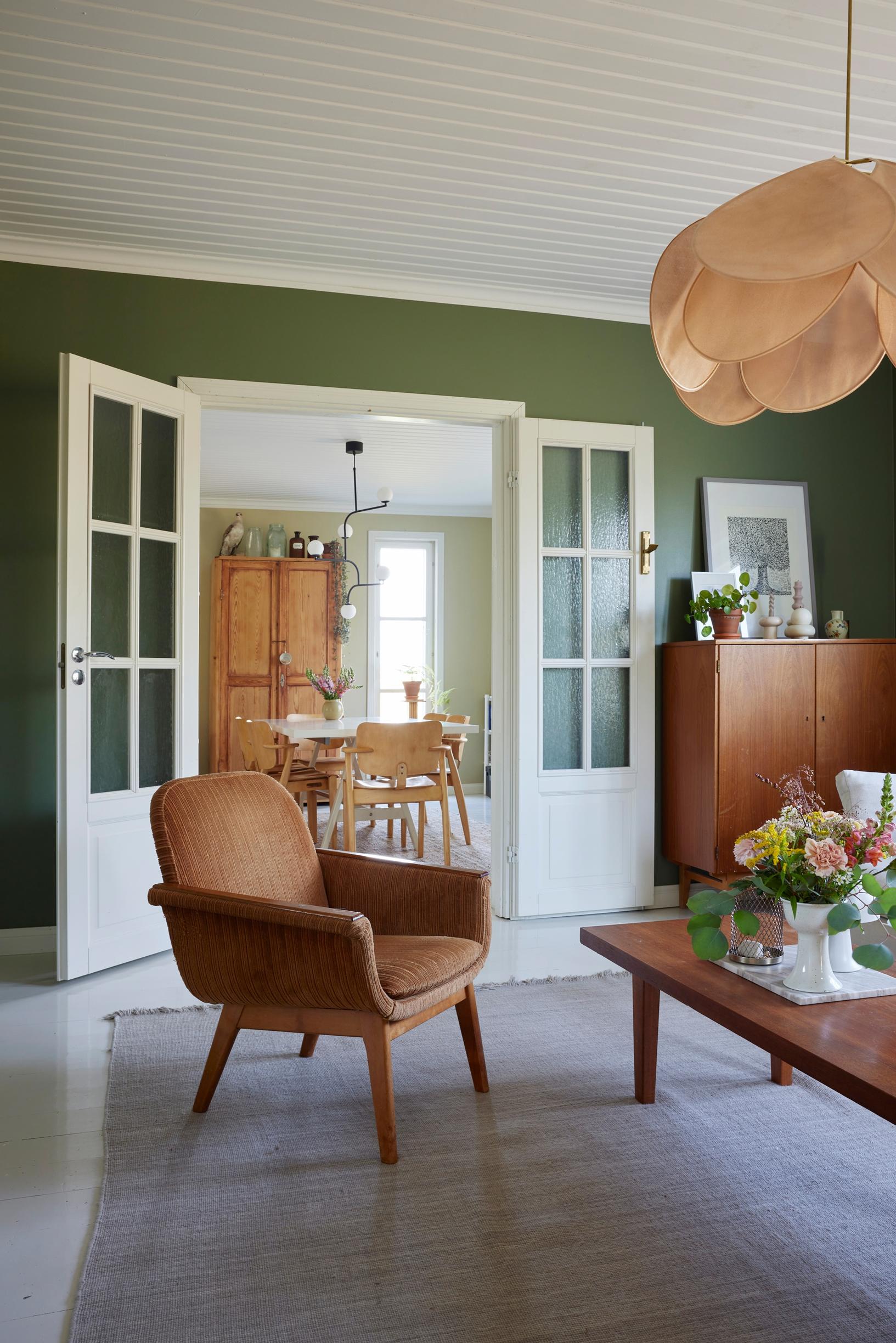
We’ve lived here for nine years now. In our first year, we renovated the kitchen, bathroom, and sauna, and painted and wallpapered. We tried to create results that would stand the test of time on a minimal budget, meaning we did almost everything ourselves. Luckily, my spouse Marko is good with his hands.
We got most of our furniture secondhand, and only the beds, rugs, and some of the lights are new. I tend to get attached to things and am terrible at both letting go and buying new. At flea markets, though, I sometimes indulge myself. I love turned wooden pieces and other handcrafted items, which my family are not always so keen on.

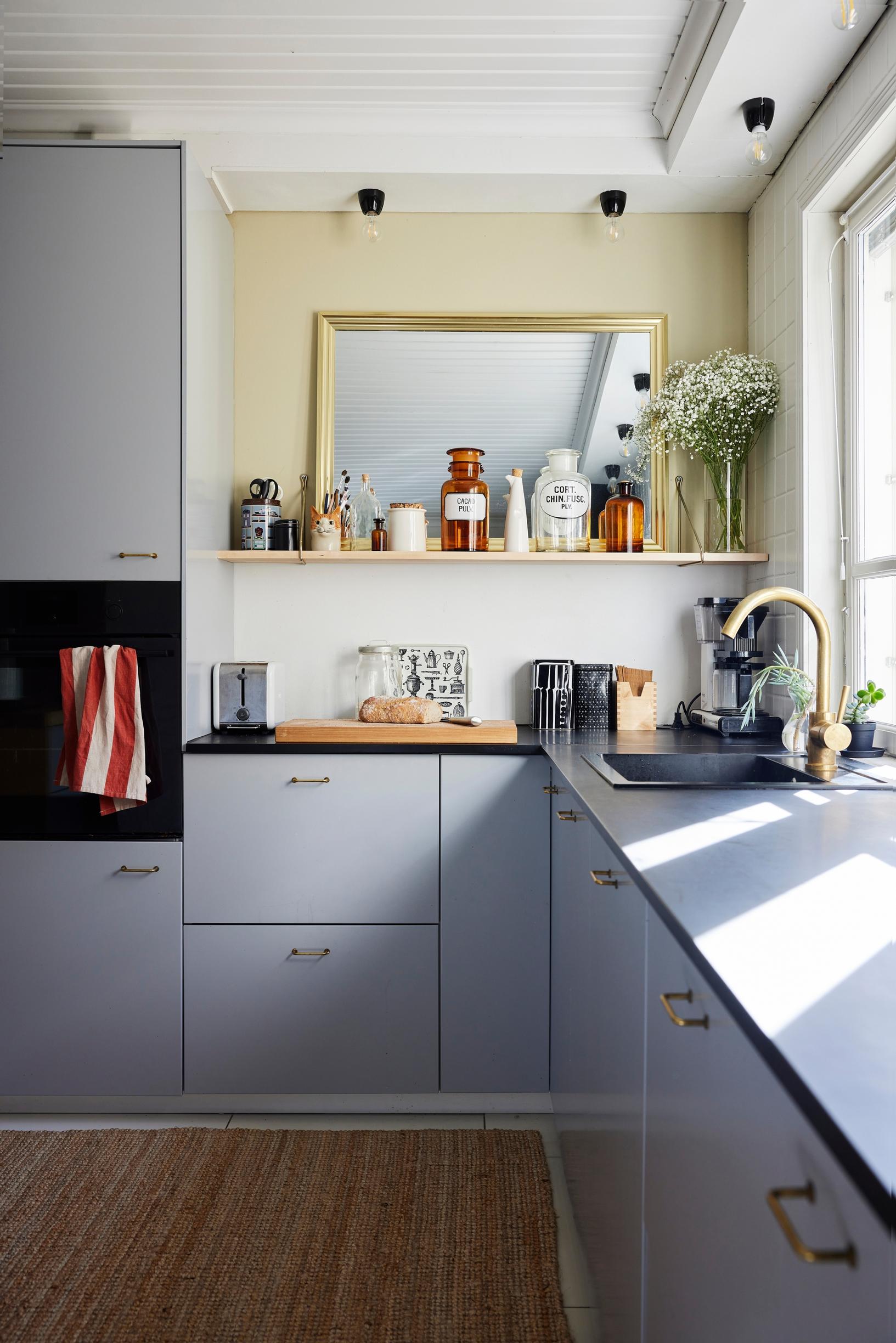

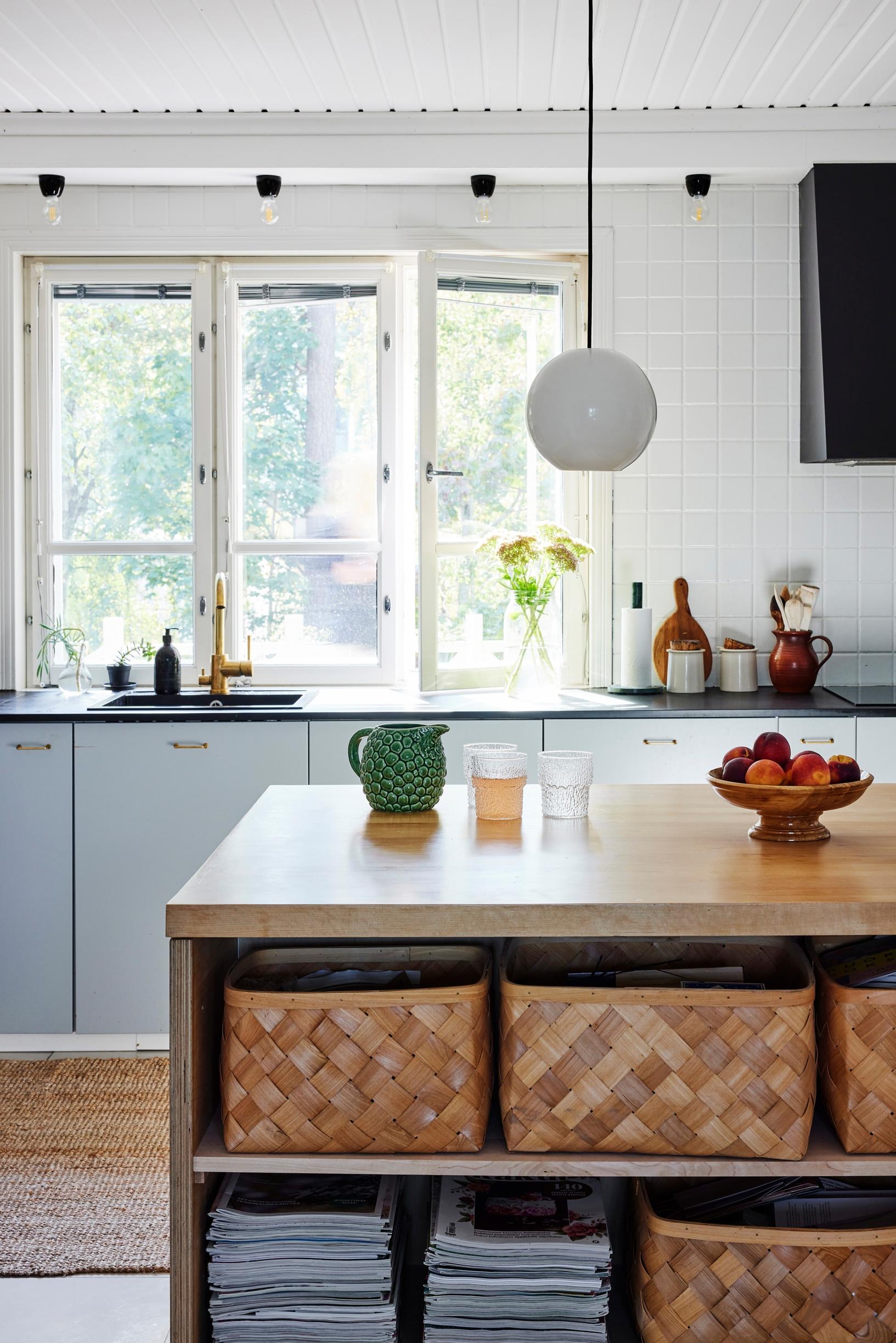

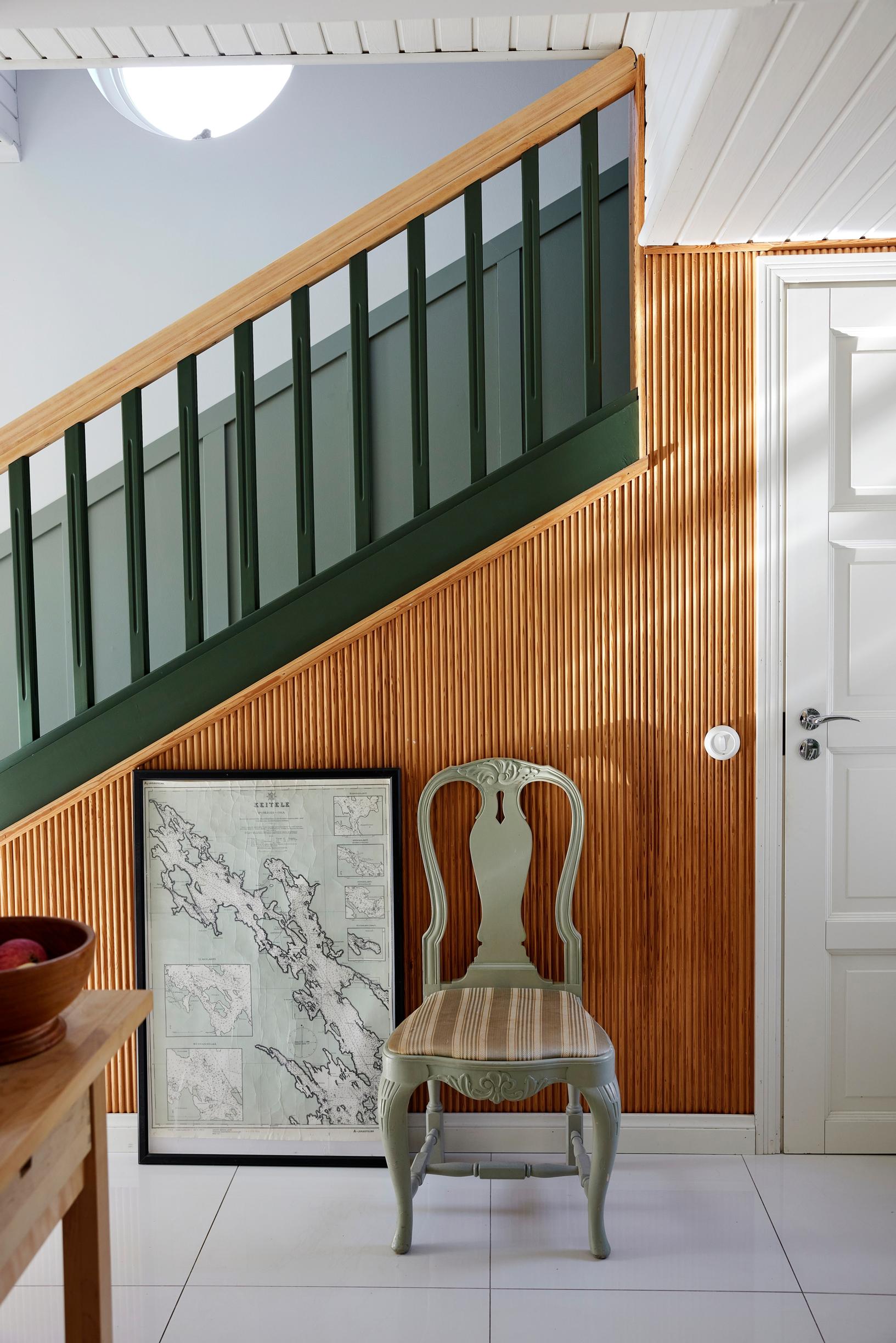

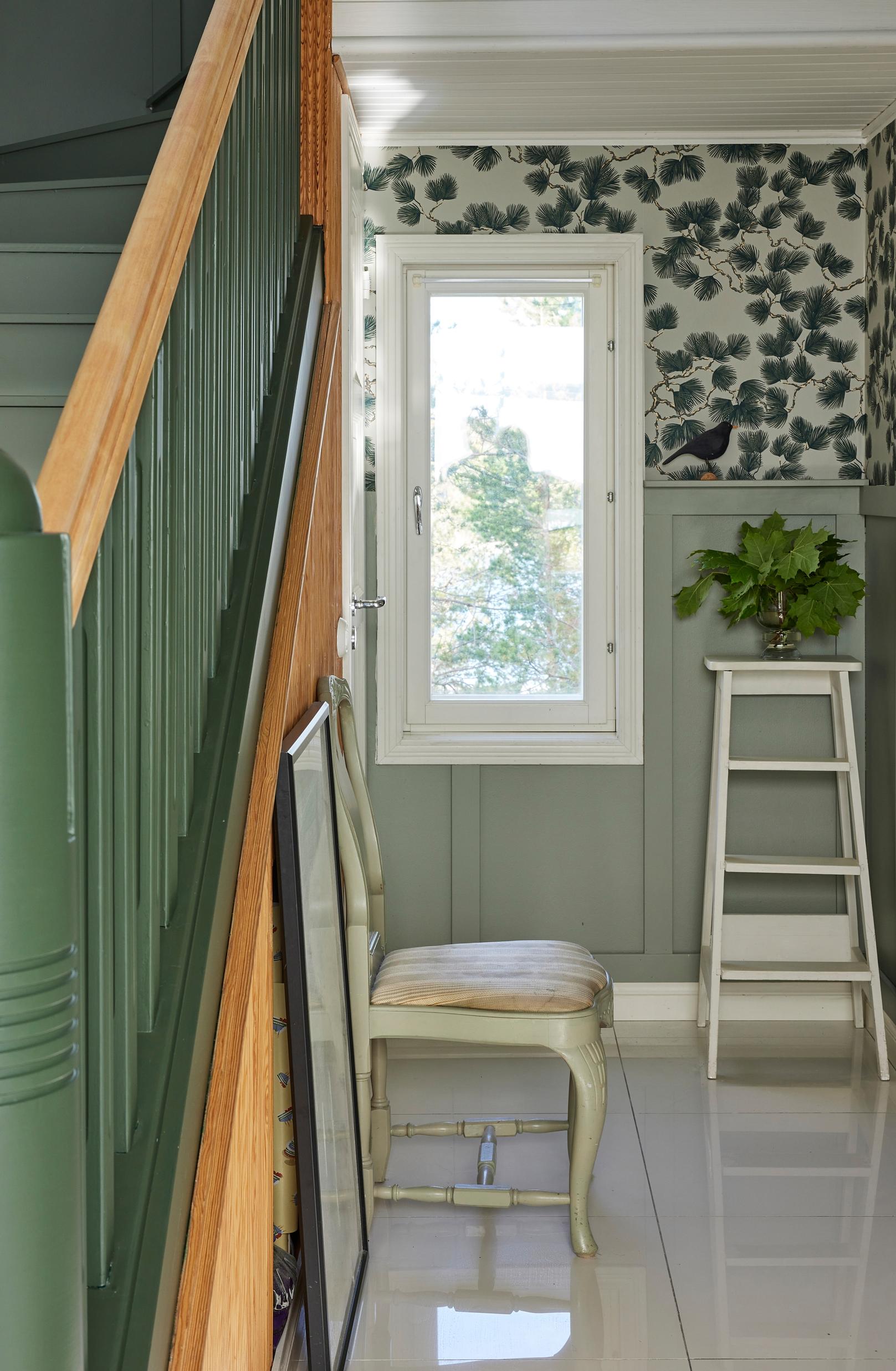

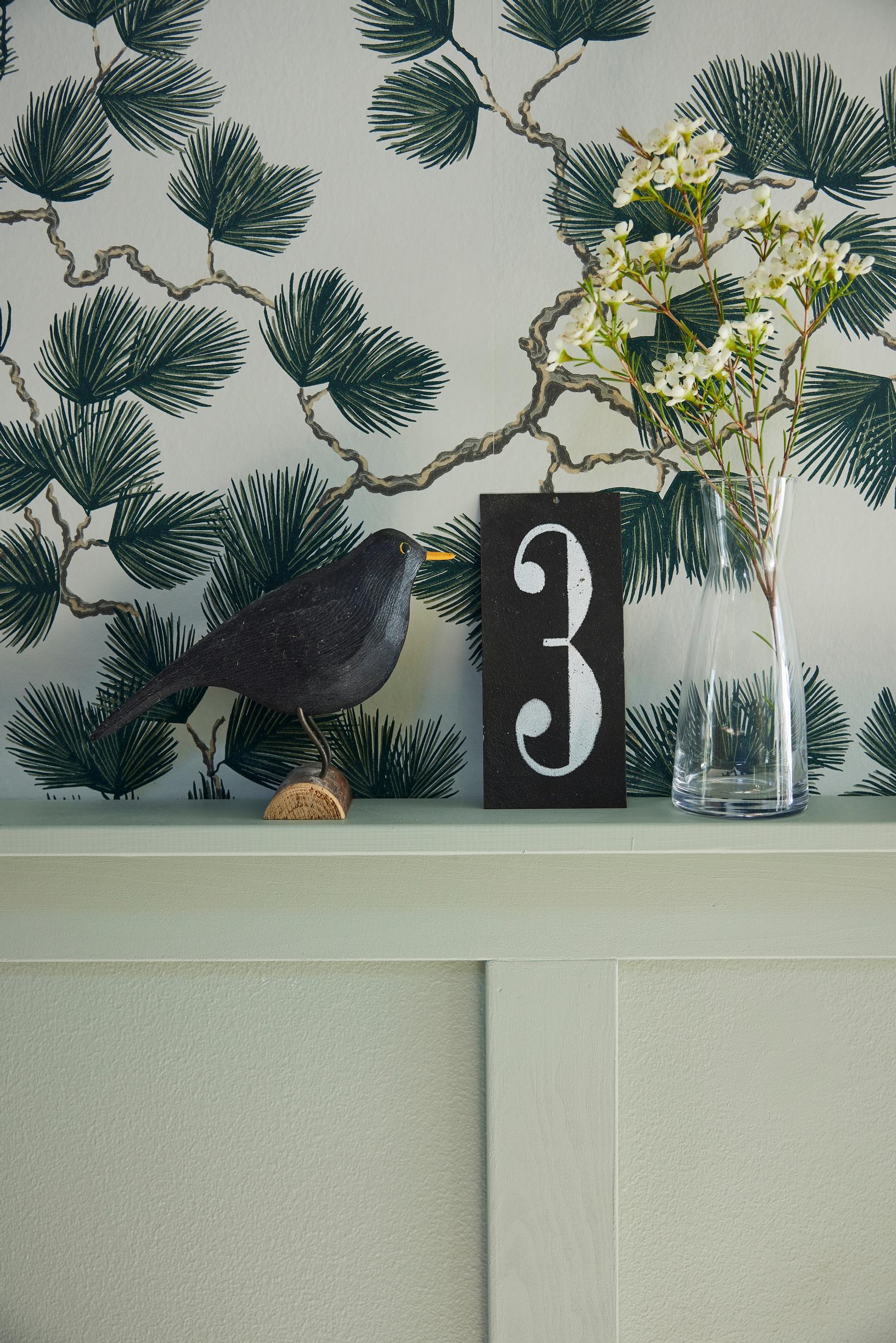
I trust that the things we like will naturally go together. The most important thing is a cozy, warm atmosphere where everyone feels at home. The kids have mostly decorated their rooms on their own, and even though I suggested colorful walls, they chose shades of gray, beige, and white.
“I like our kitchen, but we could have more art on the walls,” our youngest, Taimi, says about our decor.
It’s liberating to think that this house was once just an ordinary home for ordinary people. We don’t have to make it grander than it is.

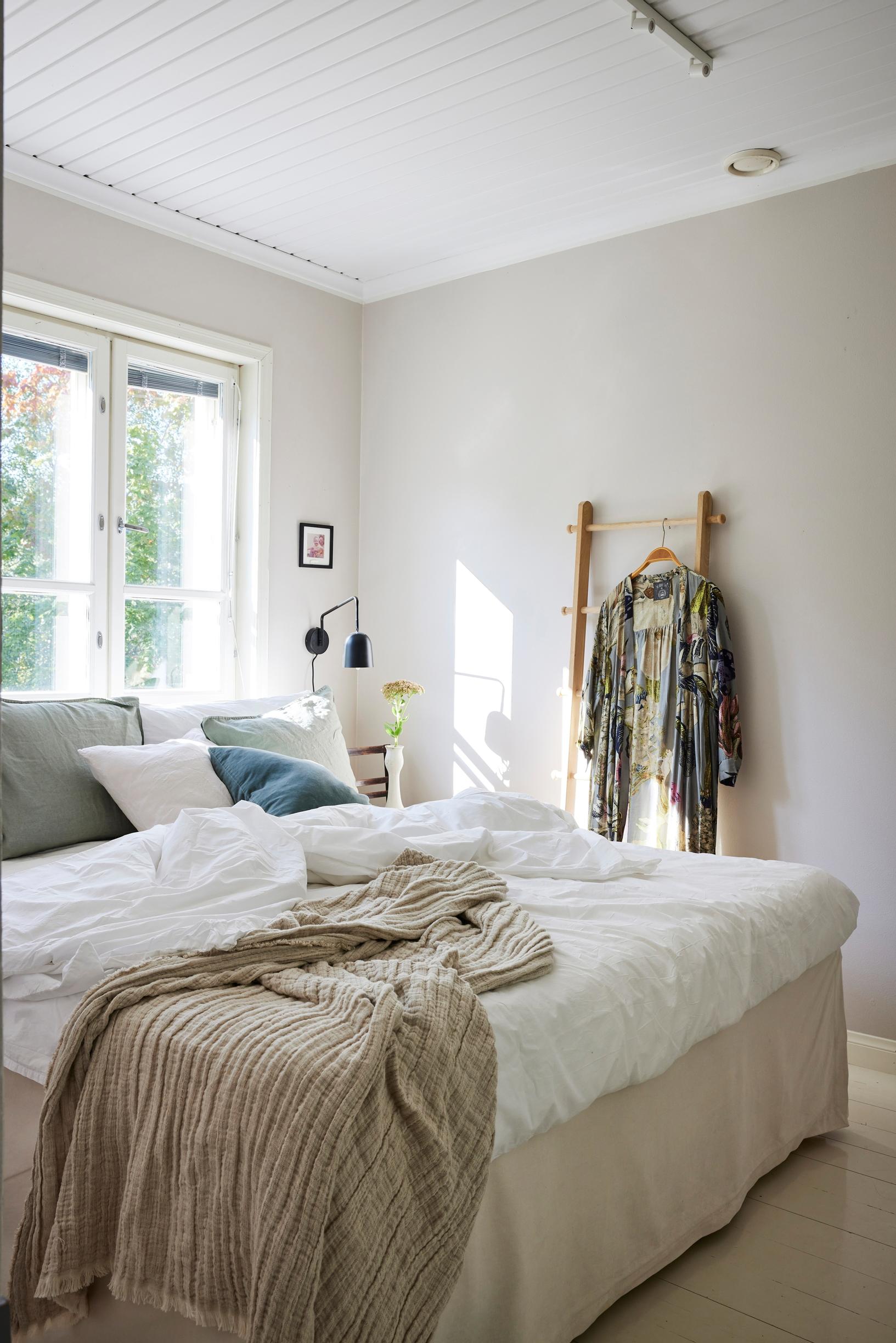

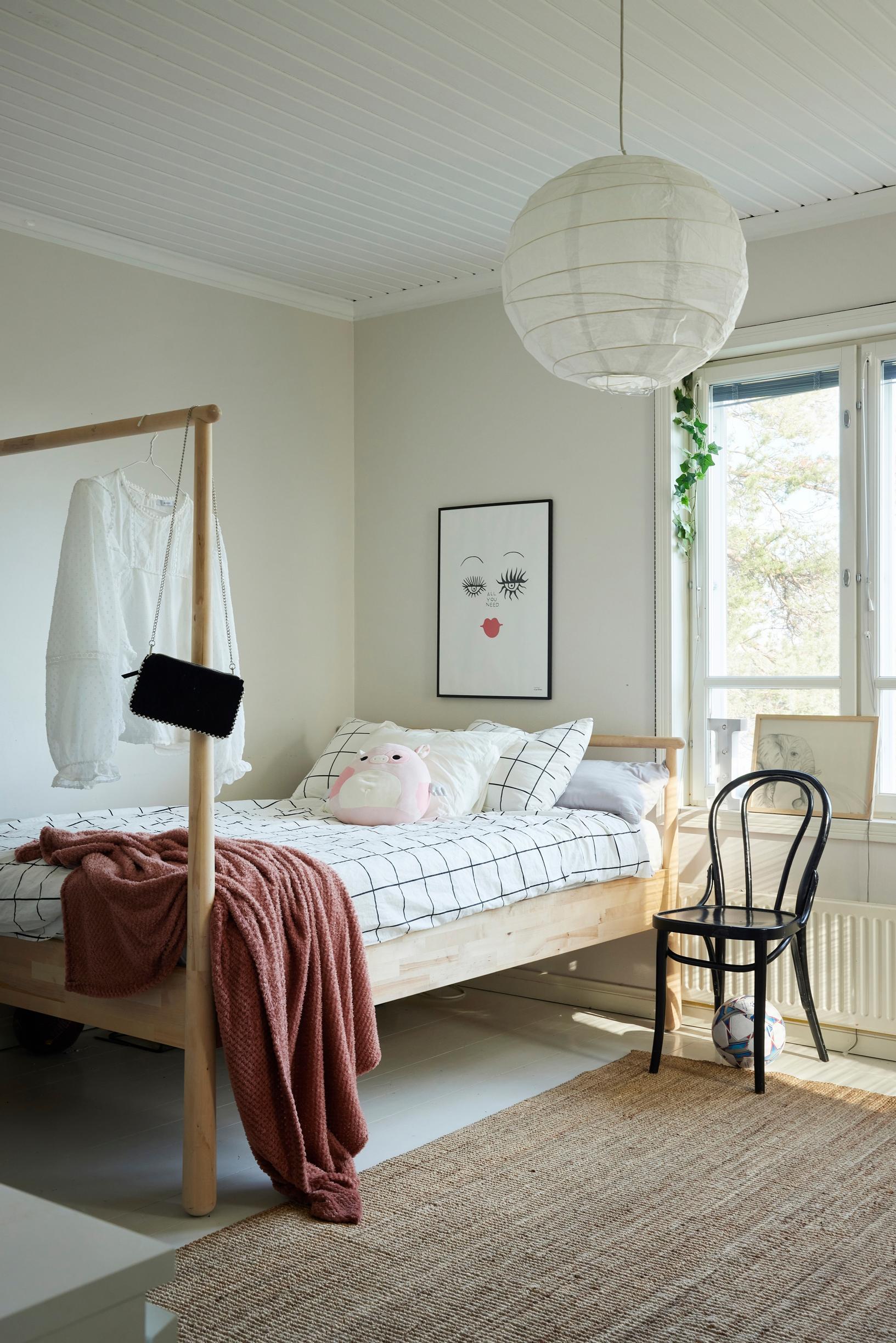

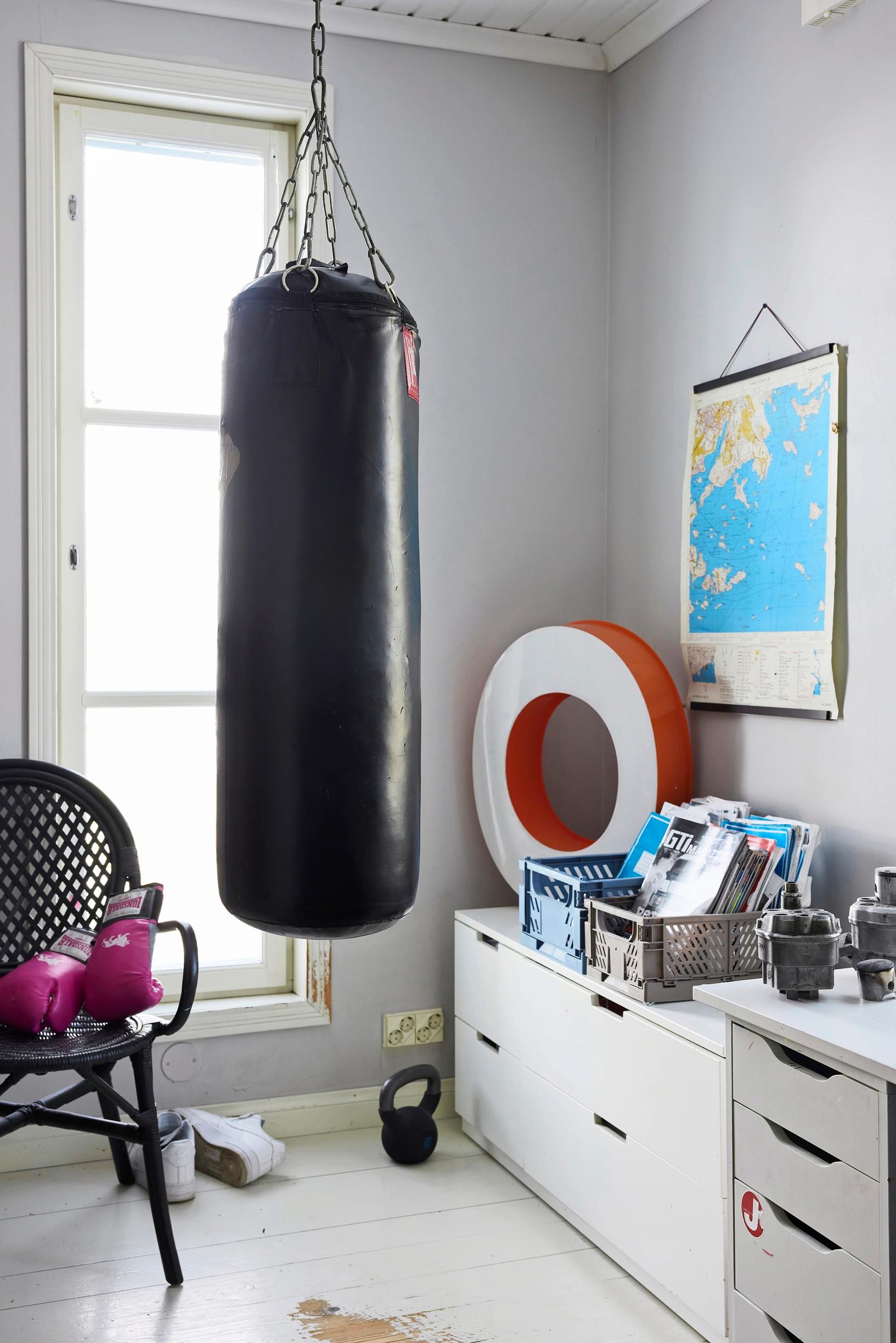

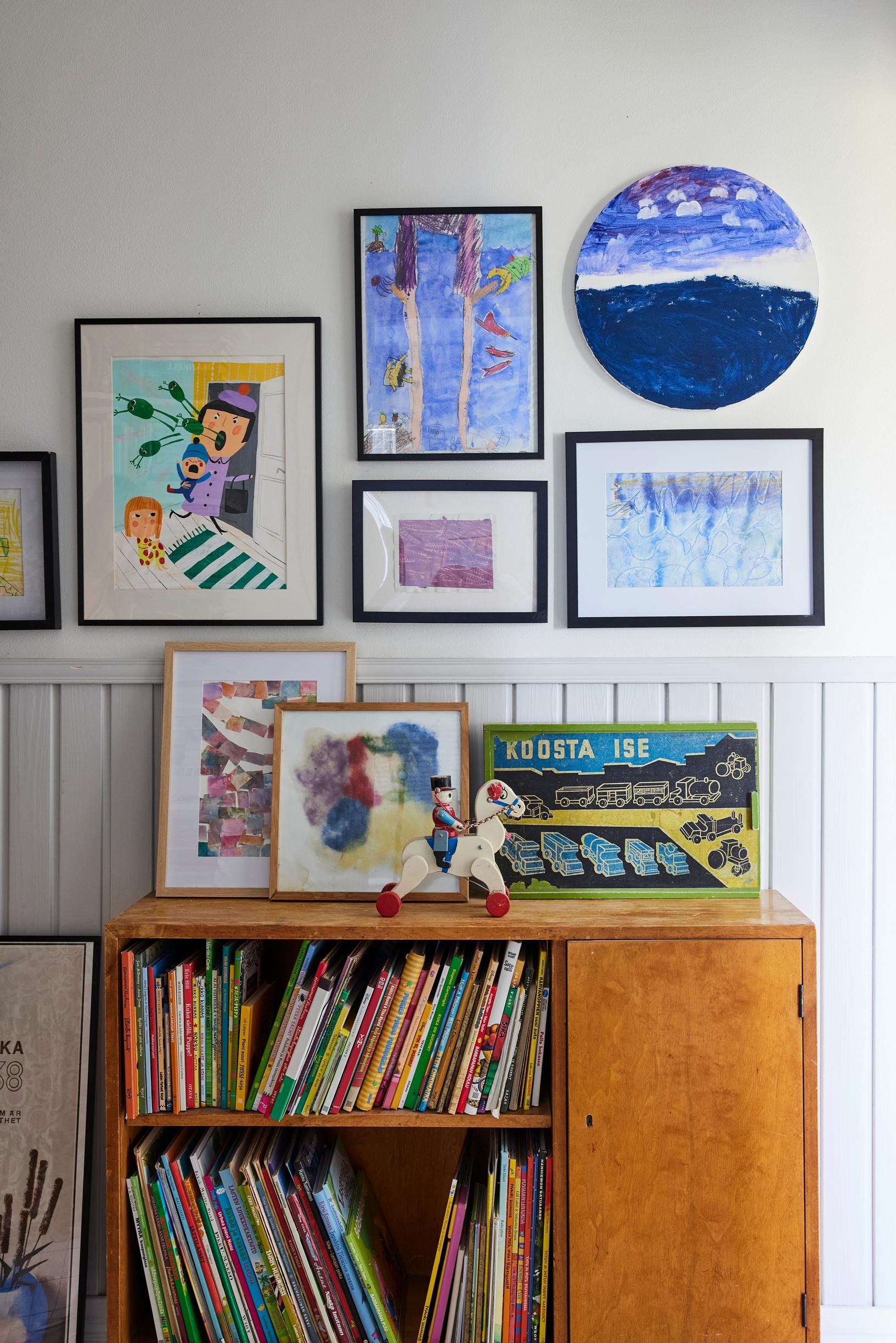

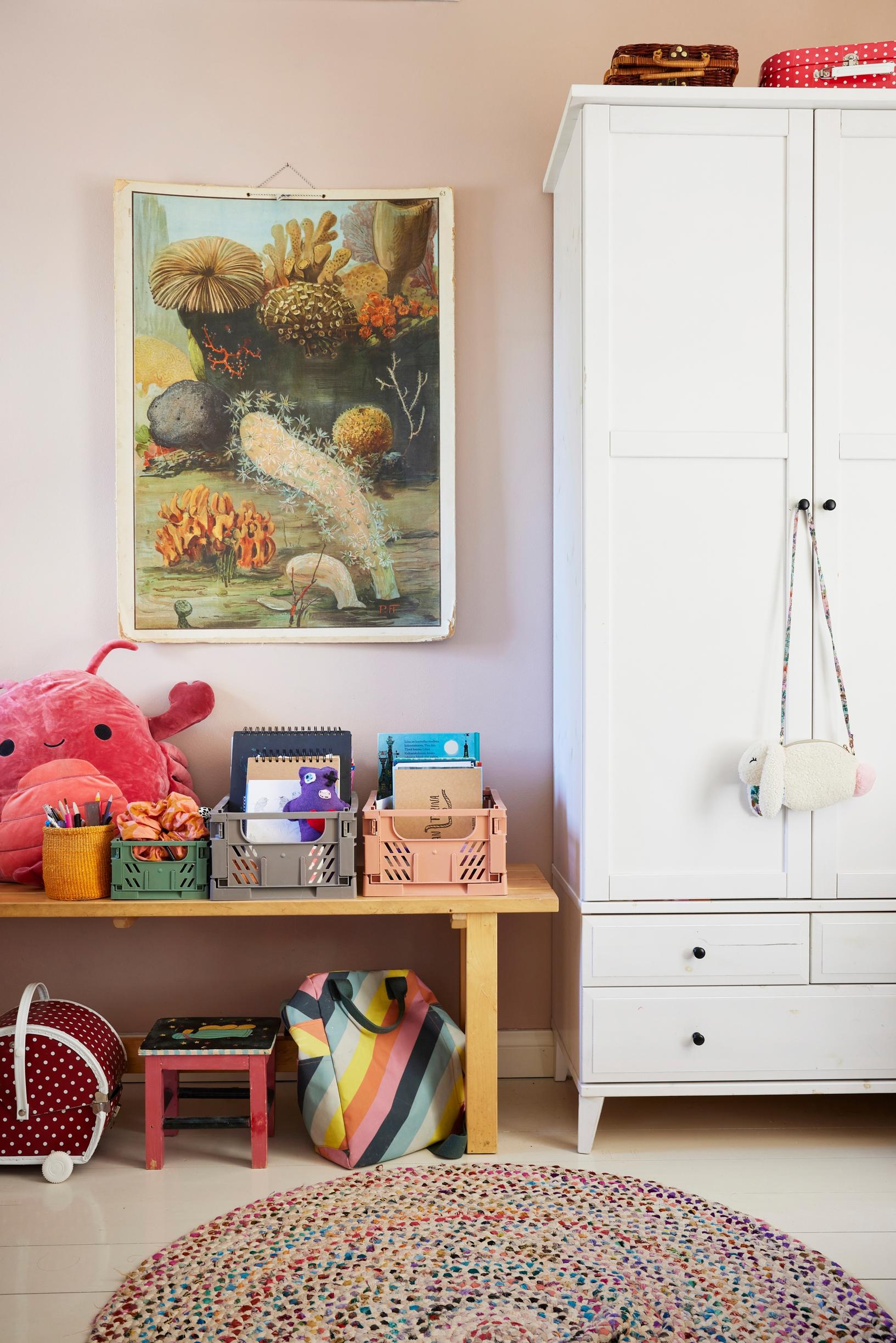
“Some days, the best part about living here is the road heading back to the city.”Marko Minkkinen
When the people who saved the house stripped away the wallpaper and layers back in the day, they found a message scrawled in pencil in Swedish on one of the diagonal boards. It feels comforting somehow to know there’s a spot on one of these walls that says: May God protect this house.
It has certainly taken some protecting for the house to still be standing. An old wooden house is a demanding companion that needs constant upkeep and attention. The to-do list never ends. It can also feel like a bottomless money pit.
“Some days, the best part about living here is the road heading back to the city. But even though this house can be a real handful, I feel that everything we do for it is about preserving history for future generations,” Marko says.
When the sun warms the rocky yard so it’s pleasant under bare feet, and the sunset over the sea is at its most glorious, all the challenges fade away. How clever those builders from Porkkala were to choose this spot! I still wouldn’t want to live anywhere else.

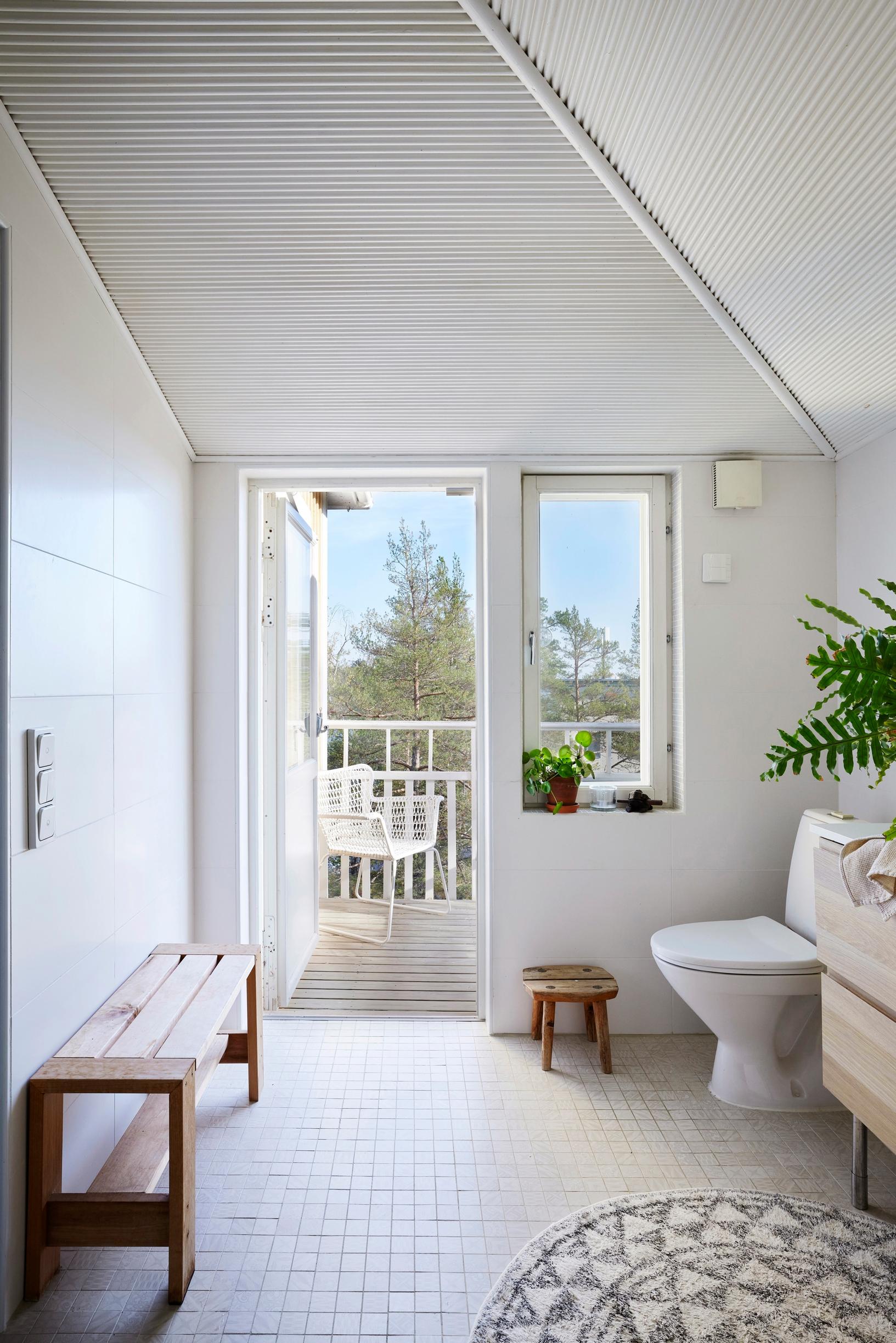

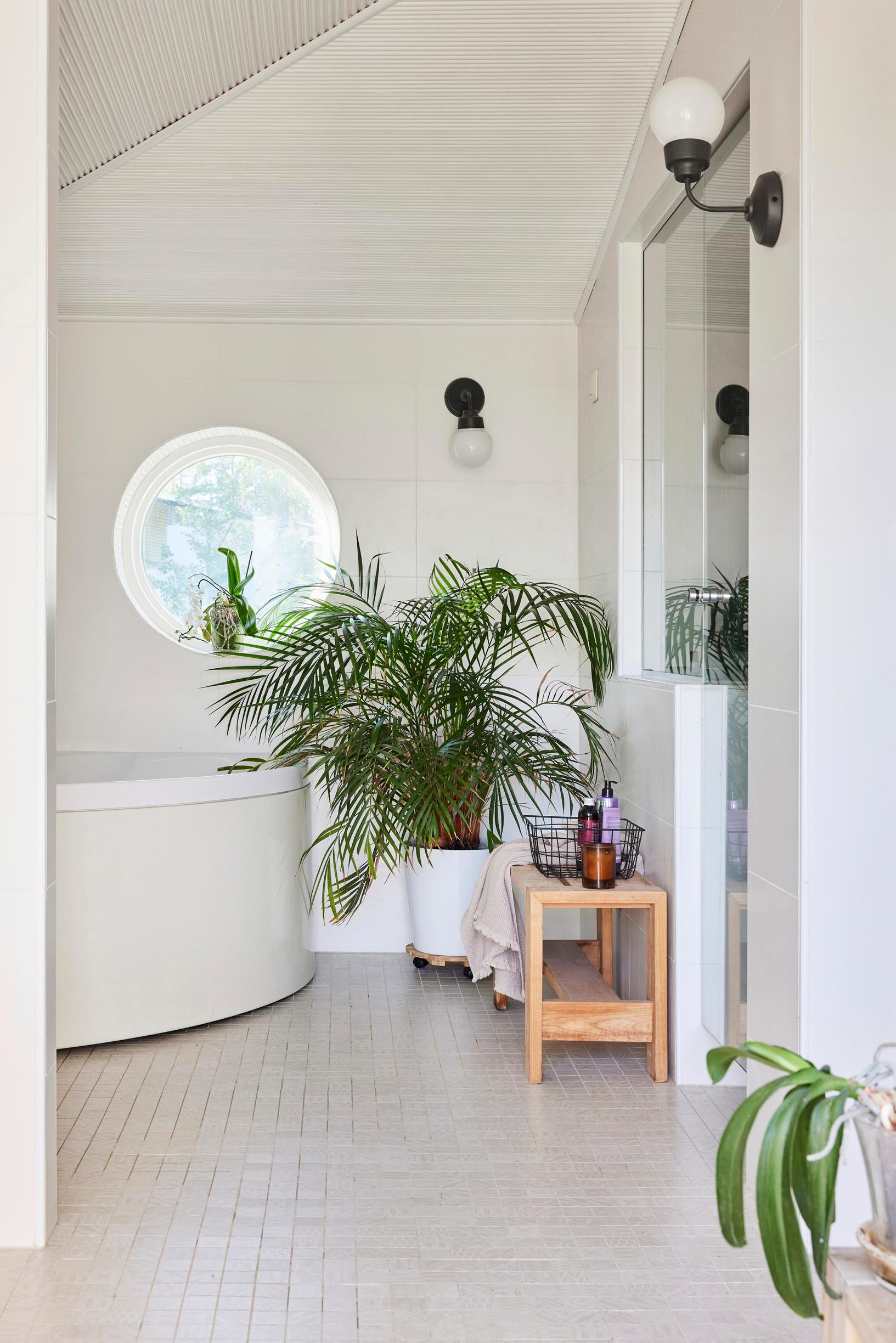

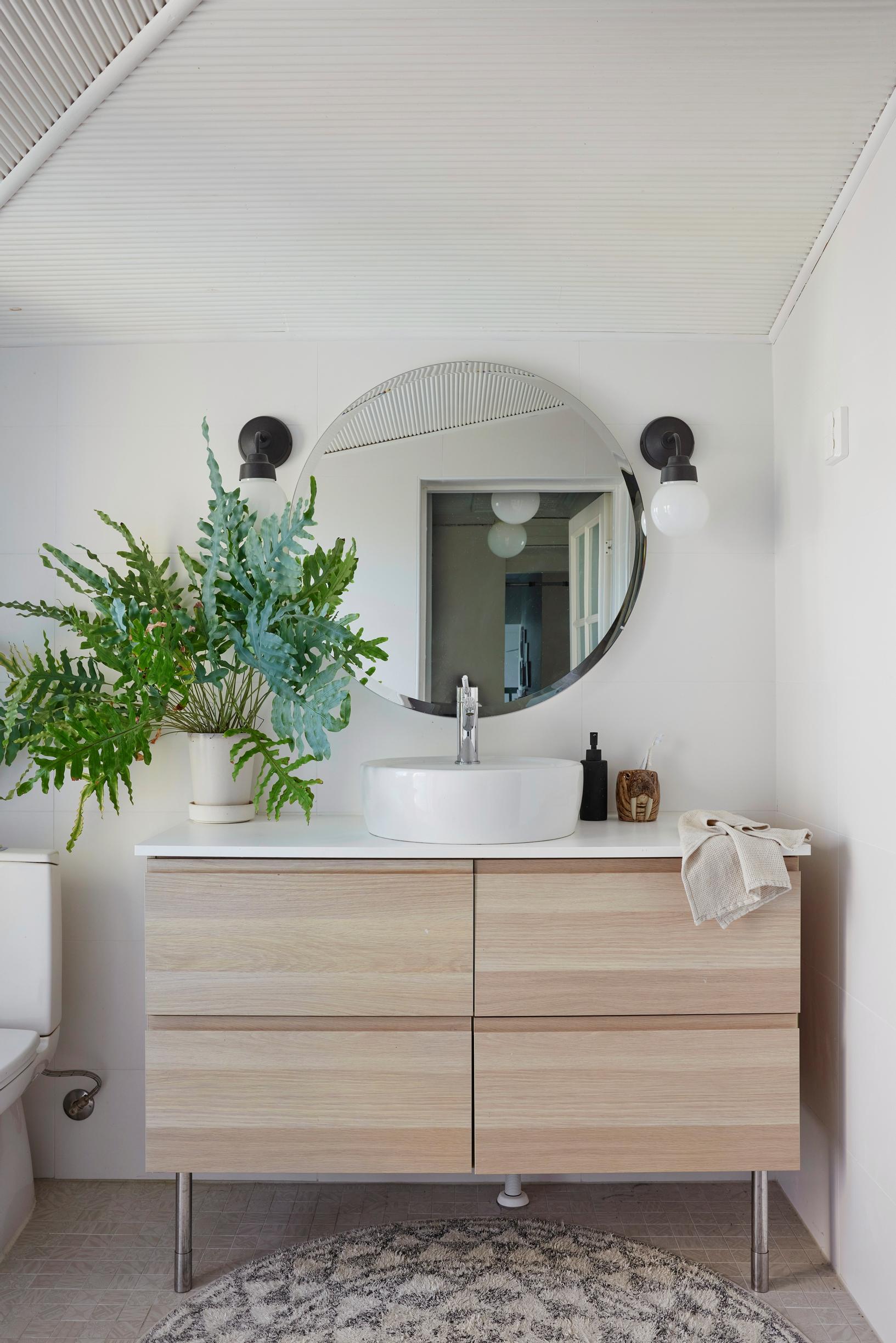

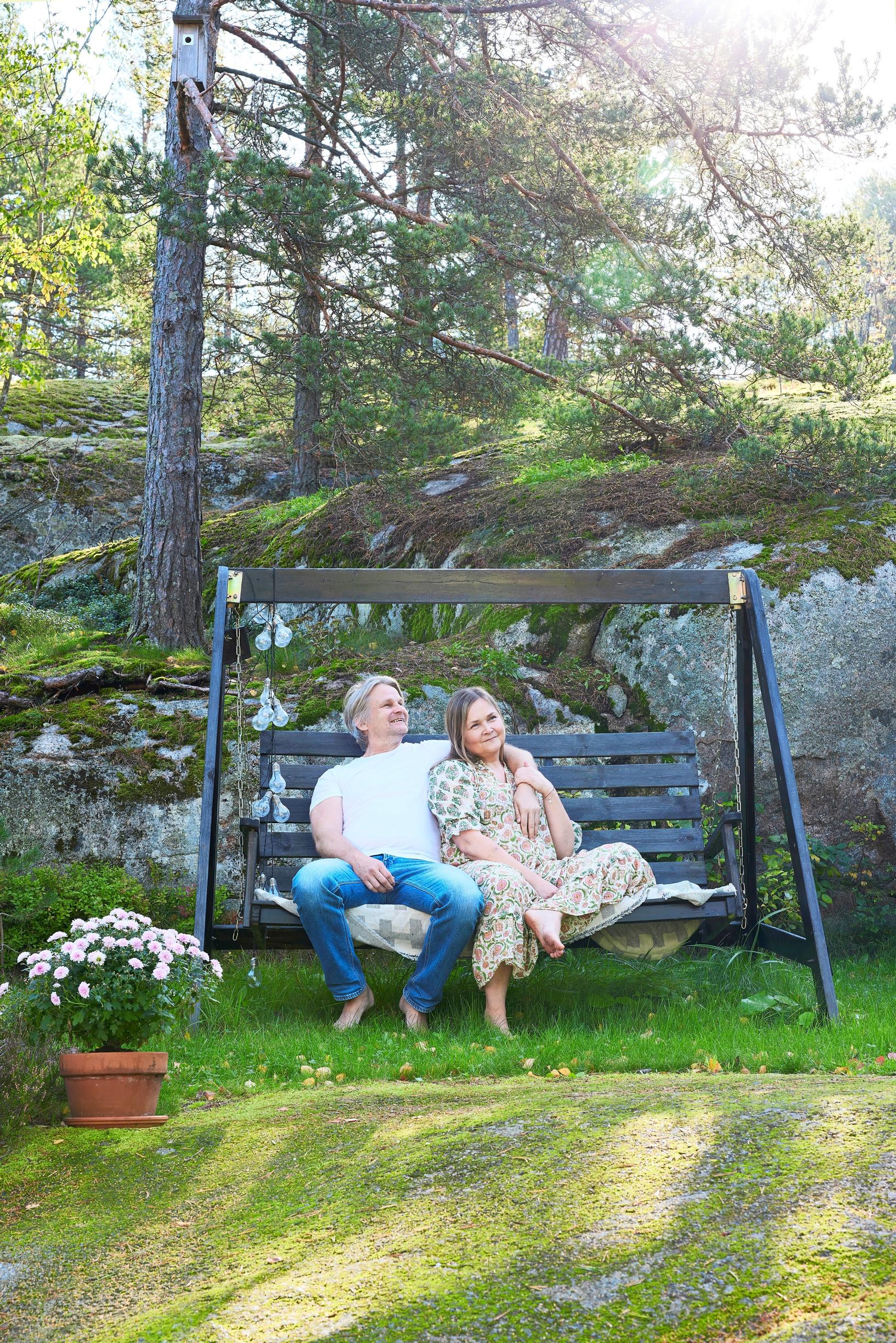
So many bottles had been smashed against the rock over the years that the moss is still pushing shards out even now.
The house before the renovation:

